Early to mid April 2023.
If it’s mountains, glaciers and the alpine environment that you’ve come to Patagonia for, then there is no doubt that this region – one of the world’s wildest and most spectacular – saves its best for last as you cycle south.
Once the southbound cyclist is beyond the Careterra Austral, the highlights come thick and fast: first the extraordinary peaks and the ice cap close to El Chalten (see previous post), then after just three days of pampa, one of Argentina’s biggest and most accessible glaciers, Perito Moreno, which is famous for its spectacular calving of ice into the lake. Another brief leg on the cold and windswept Patagonian steppe brings you to Chile’s Torres del Paine National Park, which is famous not only for granite towers but also some of the most fascinating and dramatic geology in the Americas.
This post covers the ride from El Chalten to El Calafate/Perito Moreno and Torres del Paine. Features that, like El Chalten, have been on the ‘must see’ list for the duration of our ride south.
To bring you right up to date, and as some of you will be aware, we actually completed our 50,000km+ American Cordillera ride in Ushuaia on the 28th April. So this post is likely the penultimate from this amazing four year chapter cycling the length of the Americas. You’ll hear more about the conclusion soon, but for now, on with the story…
Leaving El Chalten wasn’t easy; despite 18 days there and some remarkable luck with the weather we knew that we’d only scratched the surface for potential here. The longer we stayed, the longer became the list of potential hikes and photography spots to check out, and that was without contemplating accessing places that require ice axes and crampons. Furthermore, the autumn colours were intensifying as each cold day passed, but we were grateful to have been there at the beginning of the peak time for the vivid reds and oranges that engulf the hillsides.
One of our amazing supporters, Gearshop, had arranged new tyres and chains for us, delivered to El Chalten (thanks Hamish Pirie and Jaz Morris) and with the help of some sealant from fellow bikepacking friends Javi and Sol (Nacion Salvaje) we got them mounted up and changed over in the morning before we left. In the end it was past 2 pm by the time we rolled out of town, with 90km ahead of us to reach reliable wind shelter, but we had few concerns because by then the afternoon wind was blowing furiously and with the best tailwind of our lives we covered the distance in only three hours.
That paved ride brought us out onto the steppe and to a junction with Ruta 40 where there is a well known highway shelter that has served as a refugio for many a cyclist and hitchhiker. This tardis like building has solar lights, USB ports and wifi and has been installed because natural shelter on the steppe is very scarce. With the strong and unrelenting winds, conditions here can easily become life threatening in bad weather.
That night we enjoyed the company of two other southbound cyclists (Michael and Jo from UK/USA), and hitchhikers from Sweden and Israel. A French couple parked their camper nearby, but came inside to cook, as did a few Argentinians to brew water for their maté flasks. So it was quite social.
The forecast for the following day was for sidewinds in excess of 60 kph, so we were away shortly after sunrise. The section heading SW along the end of Lago Viedma is notorious for its exposure as the winds accelerate down the lake and as the whitecaps suggest it was already windy early. Despite the wind we were blessed with a clear day for some final views of the Fitz Roy range.
Sprawling estancias, one restaurant, a highway maintenance post and a few derelict buildings were all we saw aside from grassland and guanacos in the following day and a half of riding.
One such derelict parador (roadhouse) is the famous ‘Pink House’ a landmark and de facto shelter for dozens of cycle tourists over the years. We didn’t stay, but we’d heard of it so often in other people’s blogs we had to stop for a look. It’s reasonably tidy inside and the walls were decorated with many familiar names, some of whom we’ve met during our four years on the road.
Although there was no one around, we did get to see an armadillo up close finally, after seeing a few dead ones in our travels.
Our next stop was to pick up some water at a road maintenance post. These are manned 24/7, usually by young men who work 15 day shifts and are always a reliable bet for a water refill and help in an emergency.
By mid afternoon the wind was strong enough in places that we were being blown all over the road. The only reliable shelter before we got closer to El Calafate was this abandoned house, just off the highway and beside the Rio Santa Cruz so we stopped early to take advantage of it.
The tent and bikes fitted conveniently into the most sheltered room, and with no roof we could still see the stars above.
The huge Rio Santa Cruz, fed by several glaciers flowing from the Southern Patagonian Ice Cap into Lago Argentino. The river draining Lago Viedma (El Chalten) actually flows into Lago Argentino too, which is drained by the Santa Cruz. This river flows across the pampa to the Atlantic.
After a long rest at the derelict house we were fresh for the final block headwind, riding west, to reach El Calafate by lunchtime the following day.
After El Chalten, El Calafate felt busy and uninspiring. This tourist boom town is basically a transportation and accommodation hub for tourists visiting the the major mountain areas and glaciers here. We checked into a hostel and the following day joined a bus tour out to Perito Moreno glacier. We’d considered riding out, and partly wished we had, but if you really want to see the glacier at the best time of day, a bus tour is probably optimal due to the restrictions of opening hours and the glacier’s location inside a national park. There’s commentary on the bus during the drive out, and once at the glacier you’re left to explore independently for a few hours.
We’ve seen, climbed on and hiked over many a glacier in our time, but Perito Moreno is something special and we’re glad we went out of our way to see it. There’s an extensive walkway established along the cliff edge opposite the massive terminal face, allowing different perspectives. The glacier audibly groans and creaks and periodically calves large sheets and blocks of ice which collapse into the lake, sometimes forming large icebergs that then drift around with the wind. It’s one of those incomprehensibly large and complex natural features, like Monte Fitz Roy or the Grand Canyon that is simply awe inducing; where somehow hours can pass by as you gaze upon its features and try to make sense of scale, time and the sheer power of nature.
The afternoon was a good time to be there, as the direct sun brought out both colour and later definition as it created deep shadows. We were very lucky to have a clear and calm day.
Our stay in El Calafate was brief, and after two nights we left, stopping at the supermarket on our way out of town to stock up on a few days’ supplies – as this would be our last opportunity to take advantage of Argentinian food prices before crossing back into Chile to reach Torres del Paine. We left town around midday, with a 90km+ (but paved) ride ahead of us across the open pampa to reach the only shelter and water at an AGVP road maintenance post, where we hoped to spend the night, sheltered from the wind.
I mentioned we’ve seen a lot of guanacos, but sadly not all of them are able to jump over the many fences that crisscross the huge estancias. It’s tragically very common for these beautiful animals to become entrapped in the wire, where they suffer a slow death. We saw many dead animals hung like this on fences, one live one struggling with leg broken by a fence and couple that escaped a brief entanglement. Luxuries such as wildlife corridors do not exist here.
93km is a long way to ride in an afternoon, especially with quite a big climb so inevitably night began to fall before we reached our destination. During the past month temperatures have dropped markedly and already it seems like a long time ago that we last rode in short sleeves. Daily highs no longer exceed 10C and nightly lows generally hover close to freezing or a bit below. When the wind blows, as it regularly does, wind chill plunges the temperature. Daily riding attire now usually consists of a couple of layers under a windproof or hard shell, tights or knee warmers, beanies or caps and warm gloves. Additionally, the days are already noticeably shorter, with sunrise at 8.30am and sunset at 7pm.
Out here on the steppe it’s much colder that it was in El Chalten or Villa O’Higgins. So it was a very cold finish to the day as we rode in the dark to the junction to reach the AGVP. Although this is the Ruta 40, the highway is the bare minimum for a tarmac road; with barely any road markings and no centreline.
The AGVP post at El Cerrito is a crucial water stop and one of the few places with good wind shelter close to the road along this section of the Ruta 40. The staff here are used to cyclists dropping in. At busy times you might just be offered a tent site beside the building, but because it was late, and quiet, we got the ‘luxury’ of the vehicle bay.
Crisp temps and sunshine greeted us in the morning, but there’s little heat in the direct sun any longer.
From El Cerrito we turned SW towards the next AGVP post at Tapi Aike. This section has some chunky ripio and is generally disliked by the narrow tyred touring community, but on 2.6 tyres it was just another day on gravel, albeit slow going at times. Aside from an early convoy of tourist 4WDs we saw almost no vehicles for the next 65km.
The lack of traffic gave some good opportunities for bird watching. This is a black chested buzzard-eagle, one of the large birds often seen soaring on thermals here.
One of the themes of this blog is abandoned buildings, this one being an isolated gendarmerie post which is also often used by cyclists for shelter. We stopped to collect water from the river and took a look inside. Once again it was a time capsule of passing cyclists names from over the years.
Lunch on the pampa. A well placed boulder makes a combination seat, wind break and bike stand.
Along with guanaco, choike (rhea) have become a common sight – and generally less flighty than the ones we have encountered further north. This is the best photo I have managed to catch of one so far.
Tapi Aike is little more than an AGVP post and a gendarmeria. As with the other post, cyclists shelter here regularly.
But this time we got lucky and had a trailer with two single beds to sleep in. There was even a reasonable mobile data signal. Early in the morning the temp dropped to -7C and the water in our bottles froze solid. It was still sub zero and calm at 10am when we rode away.
Crested caracara are still a regular sight, and quite a lot larger than their northern cousins.
We arrived at Paso Rio Don Guillermo at lunchtime and entered Chile for the final time on this long journey.
That night we wild camped on a gentle ridge above a river with a clear view across to the Cordillera Paine.
At dawn the sun splashed the famous torres with warm light for a few moments.
And a zorro with a lame foot paid us a visit as we breakfasted and packed up camp.
And then we rode into the postcard-perfect scenery of Torres del Paine National Park.
In contrast to El Chalten, back in Argentina, Torres del Paine is considerably more expensive and more regulated: with just a couple of exceptions, campsites and refugios have to be booked well in advance to guarantee a place. Meals are available at the refugios, but are very expensive with no options oriented towards the budget traveller. With our timing uncertain and not wanting to spend a fortune on a similar experience after our 18 amazing days in El Chalten we opted not to do the famous multi-day hikes, such as the W or O circuits.
Additionally, Hana’s father is sadly suffering end stage heart failure, the closure of many years of decline, which prompted us to get a move on and try to get to Ushuaia and home to New Zealand while we still could. So we spent only four days in total in Torres del Paine National Park, which was enough to see the major peaks. Initially, we spent two nights at Camping Central, which is the base camp for making the hike to Lago Torres below the famous granite towers.
With bad weather forecast for the following day, we knew we only had one shot to catch a glimpse of the peaks in early morning light. So we went all in and left camp at 3am the following morning in order to be at the lago in time for some stars and blue hour photography. Unfortunately, haze obscured the stars but a gap in the cloud to the east gave us a nice predawn glow on the peaks and a couple of minutes of clear sunlight as the sun rose. It was spectacular to witness with a couple of dozen other people who had arrived early to this very popular spot.
A steep climb up the talus beside the lake got us away from the crowds and gave a different perspective of the valley which would once have been glacier filled.
We’d made the three and a half hour hike in pitch darkness, so the return was a surprise through golden hued beech forest; a colourful contrast to the stark grey moraine and ice streaked peaks.
The next day we were back into riding, following the road through the park towards Camping Pehoe, which provides a lake edge vantage point for viewing the spectacular Cuernos (horns) del Paine. This 40km ride has to be one of the most beautiful sections of cycling in the world, with maximum scenery per kilometre, but unfortunately we had a strong, frigid headwind all day which made it cold and slow work.
The famous cuernos; great granite massifs, capped with sedimentary rock. This was taken from the walk to Pehoe Waterfall and Mirador Cuernos. We didn’t have time for the whole hike, but it’s not to be missed, especially if you have a sunny day.
It was late afternoon by the time we rode along the edge of Lago Pehoé, shortly before the campsite.
Camping Pehoé’s not cheap, but for your money you get individual refugios for shelter from the strong westerly that hurtles across the lake.
And you get caracaras for company.
But it’s this view people come here for. Interestingly at this late stage of the season, the visitors to the campground and cafe were overwhelmingly photographers and people on photo tours. There are many locations within walking distance of camp and endless options a short drive away, making it a nexus for landscape shooters.
We spent two nights in camp, but weren’t blessed with the same great light and calm conditions we had in El Chalten. But still, we could see the top of the peaks most of the time! This shot was taken early in the morning from Mirador Condor.
And a parting shot: Cuernos del Paine and Lago Pehoé from lake level at camp.
Say thanks with a one-off donation, or check out our Bikepacking guide.
If you enjoy our content and find it informative or inspirational, you’re welcome to show us some love with a donation or a book purchase (US$19.99). The services we use to create our Bikepacking routes and host the website cost money, funds that we’d rather be spending on the road, creating bikepacking routes and content to share with you. Thanks for reading!

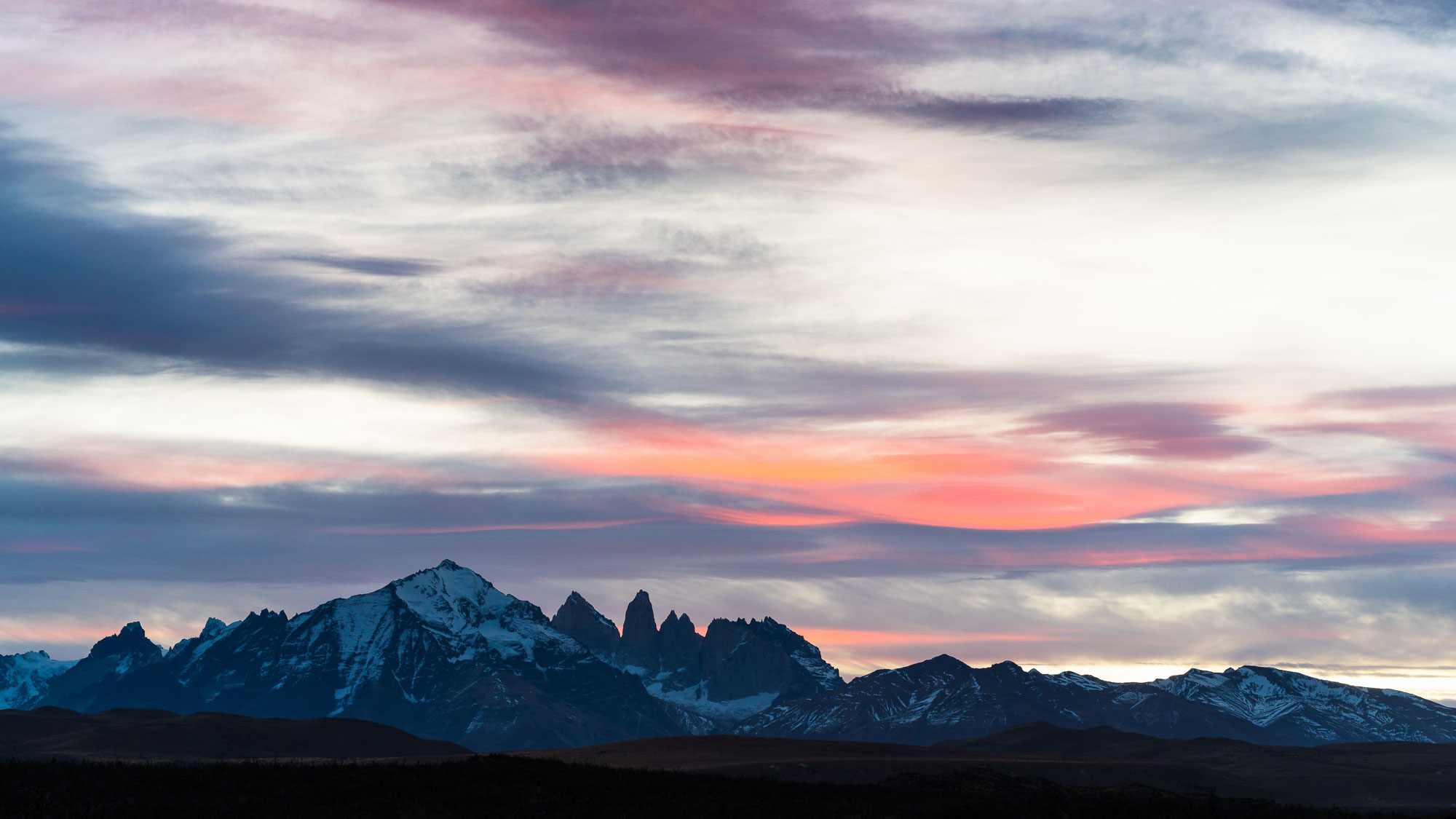
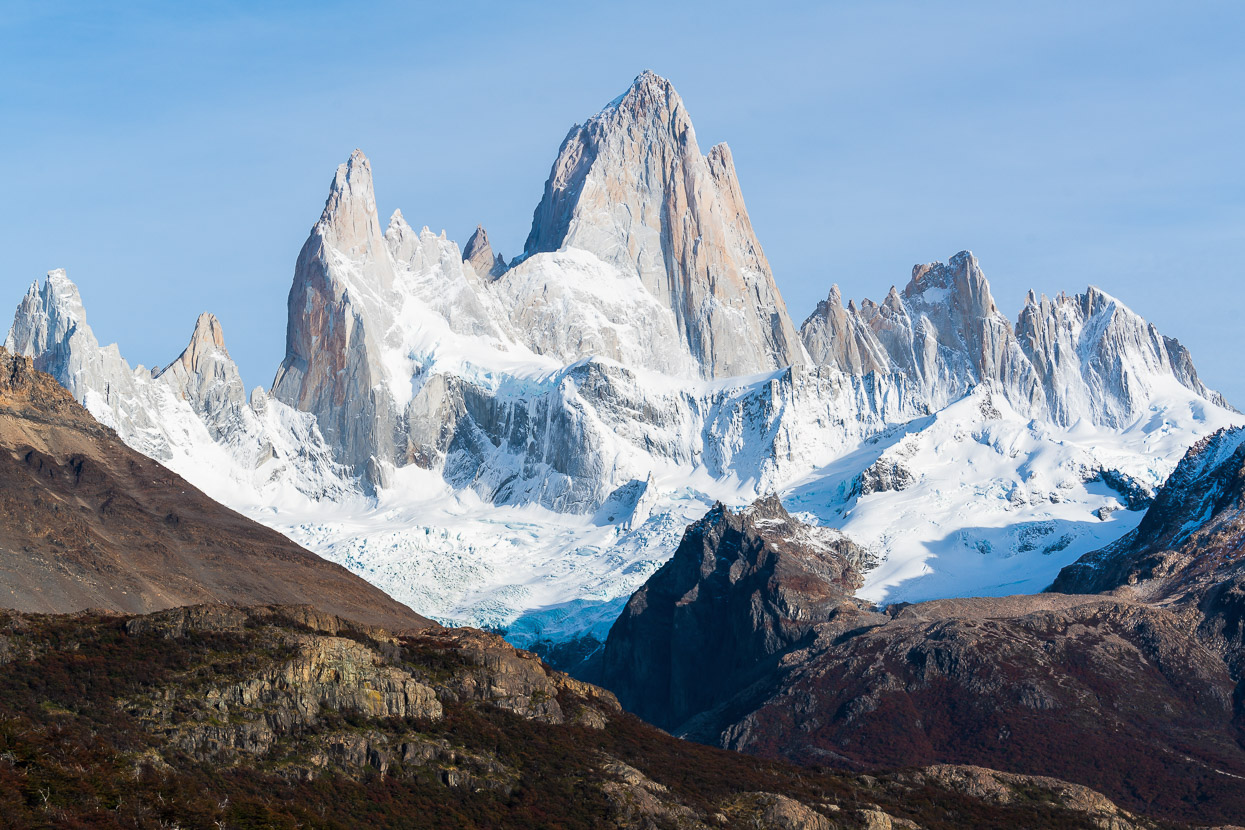
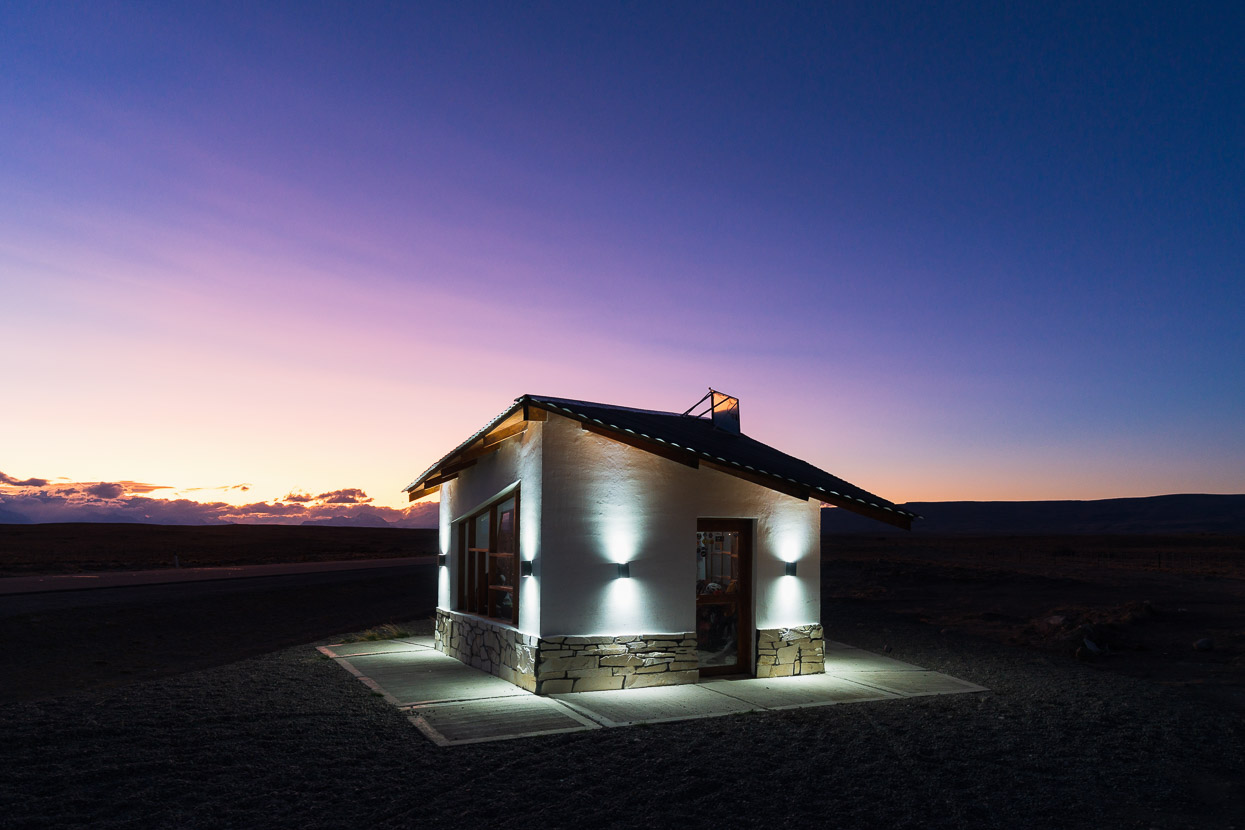
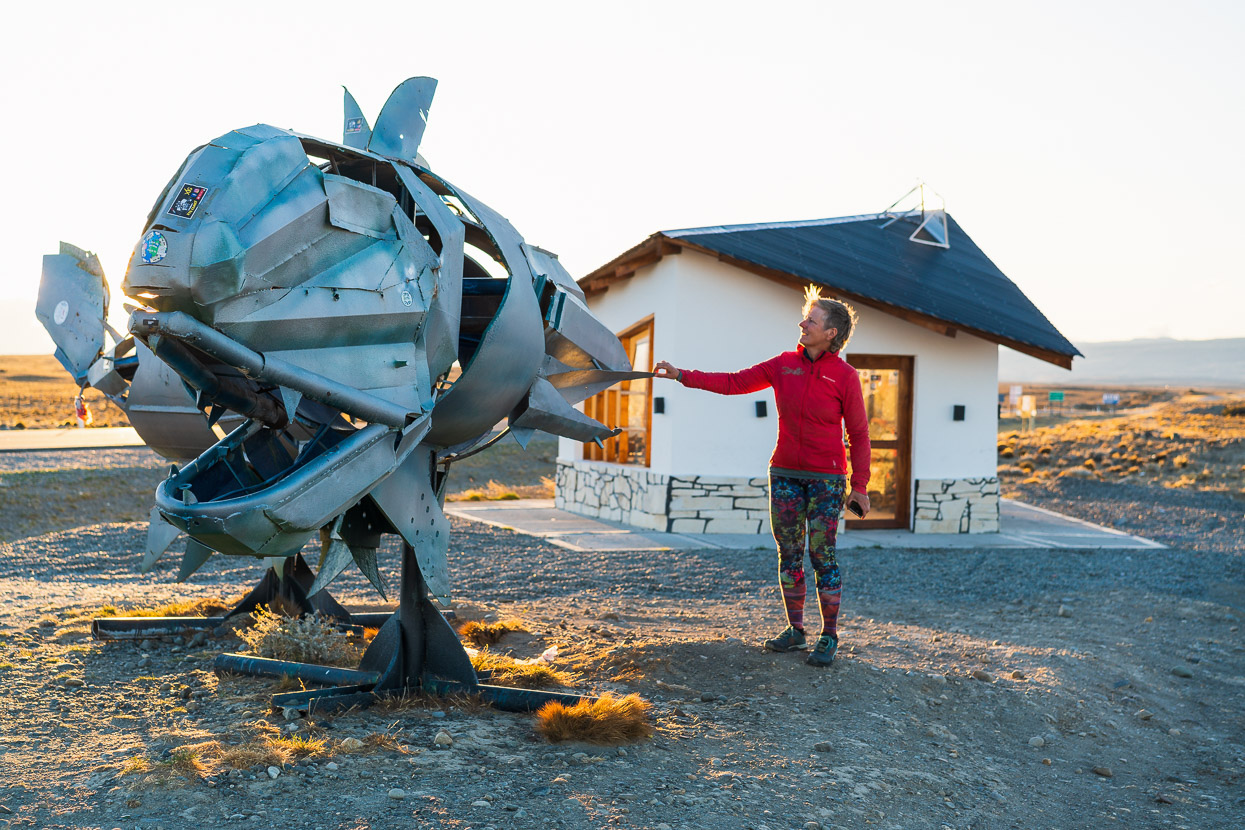
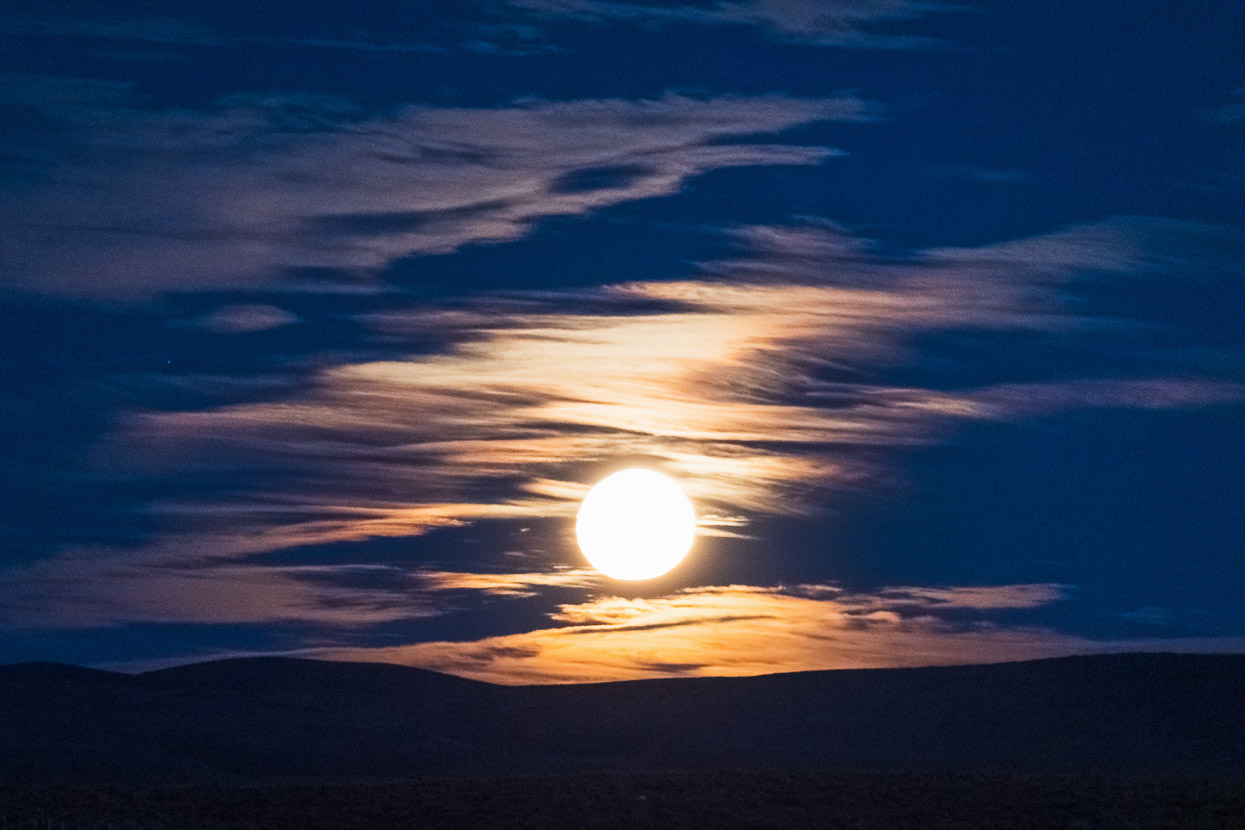
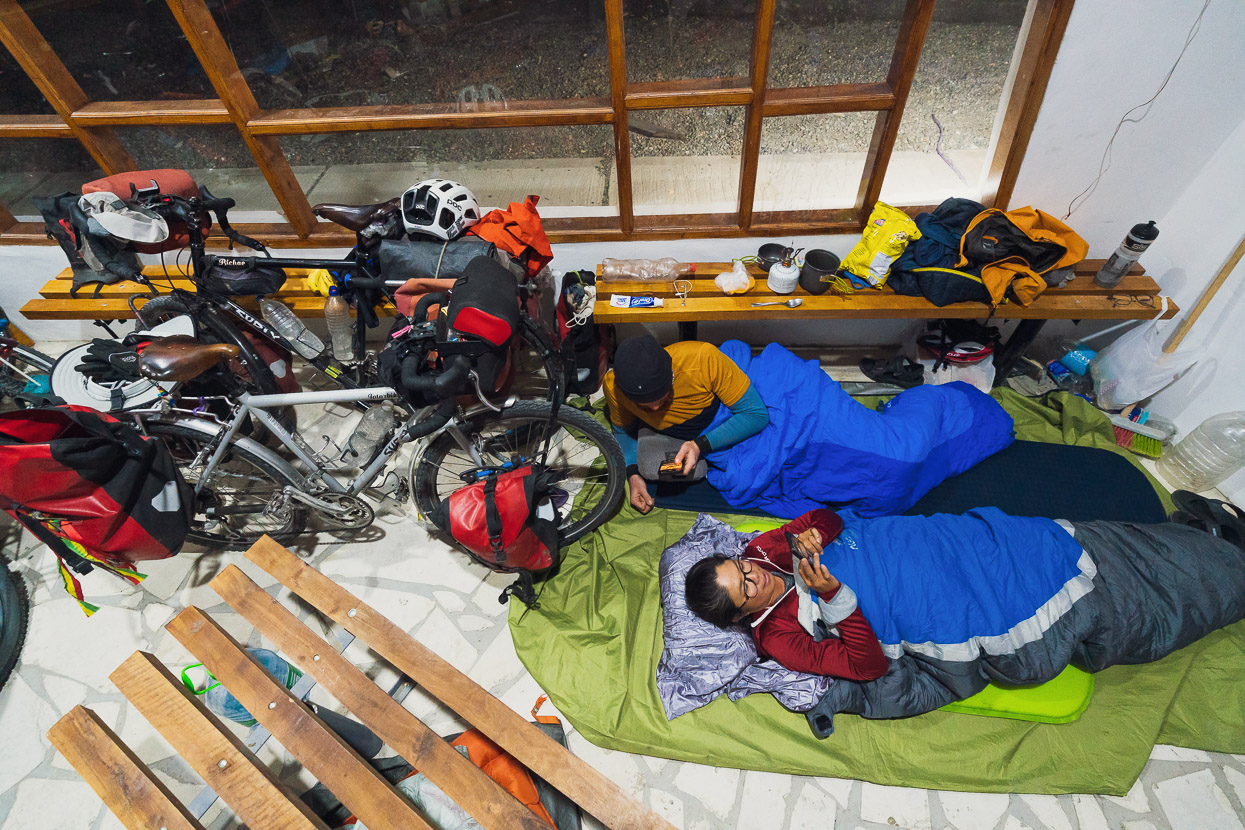
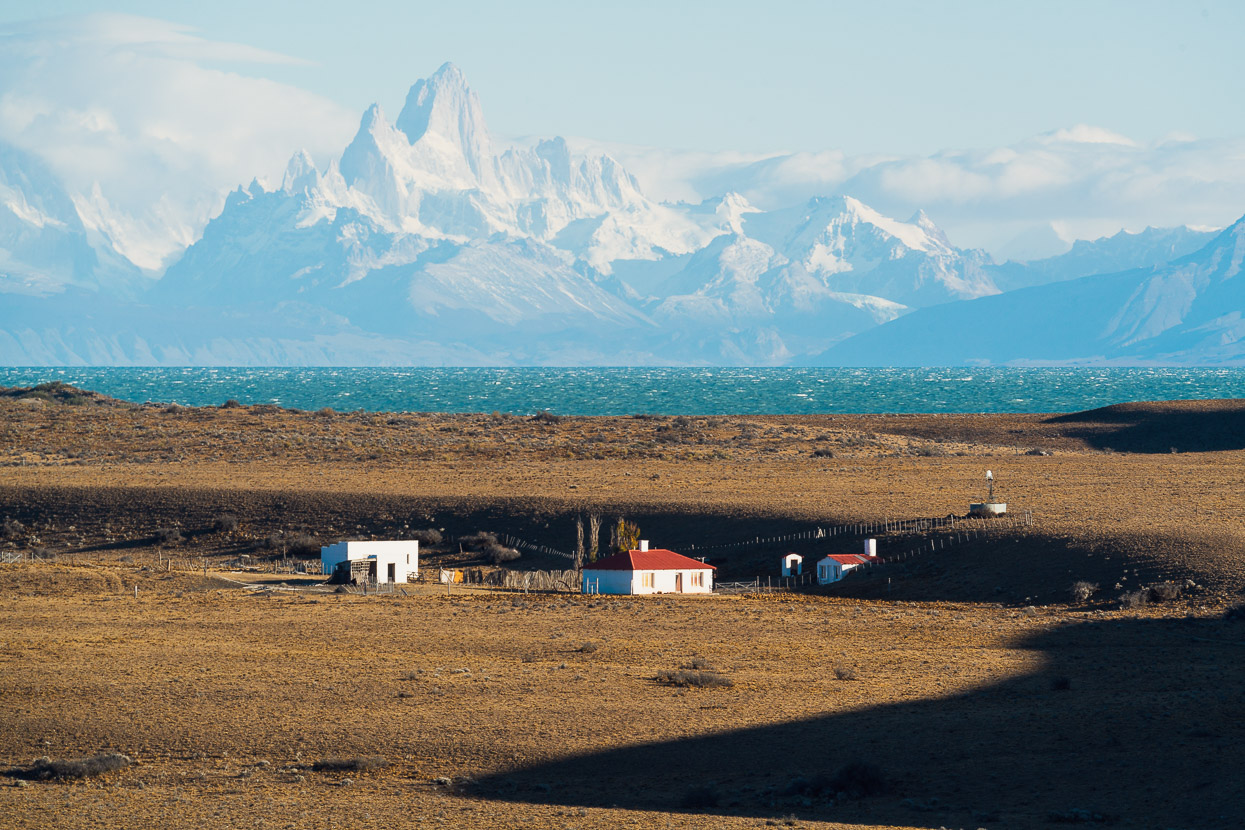
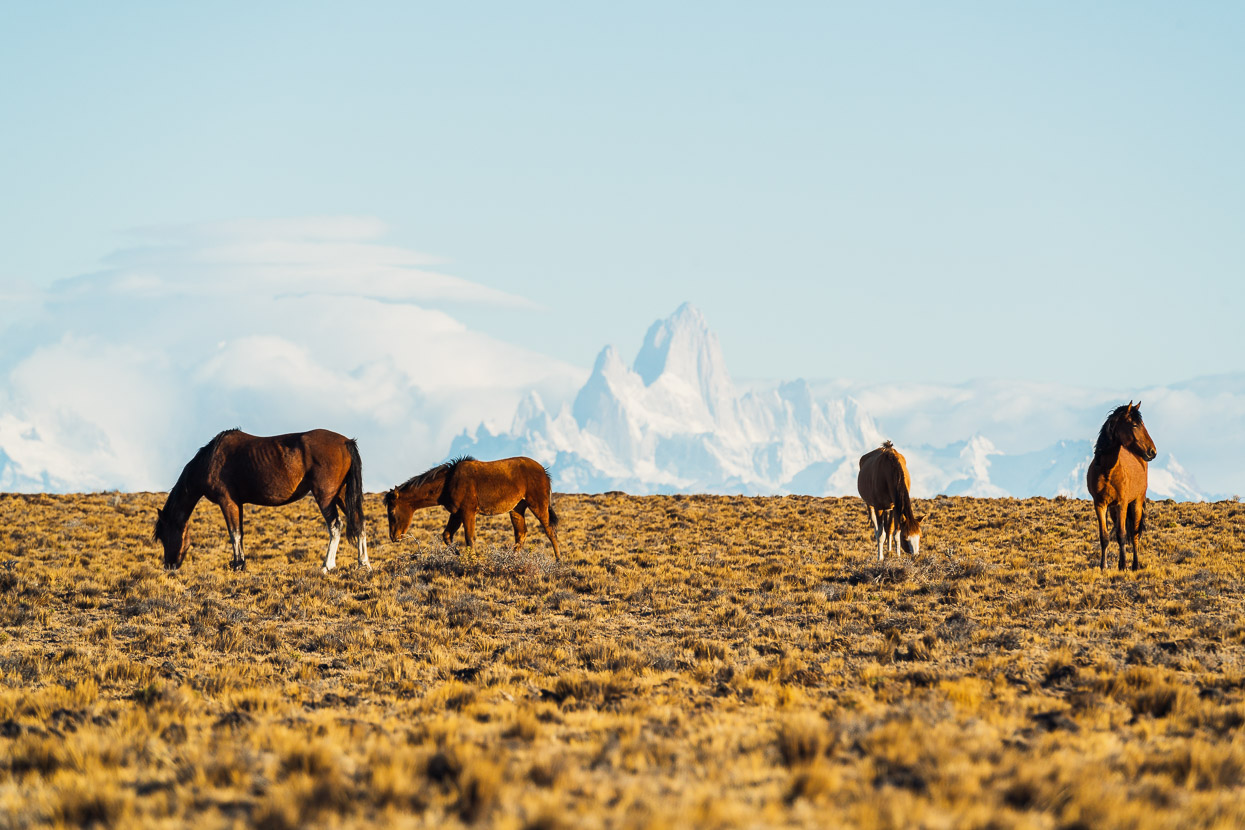
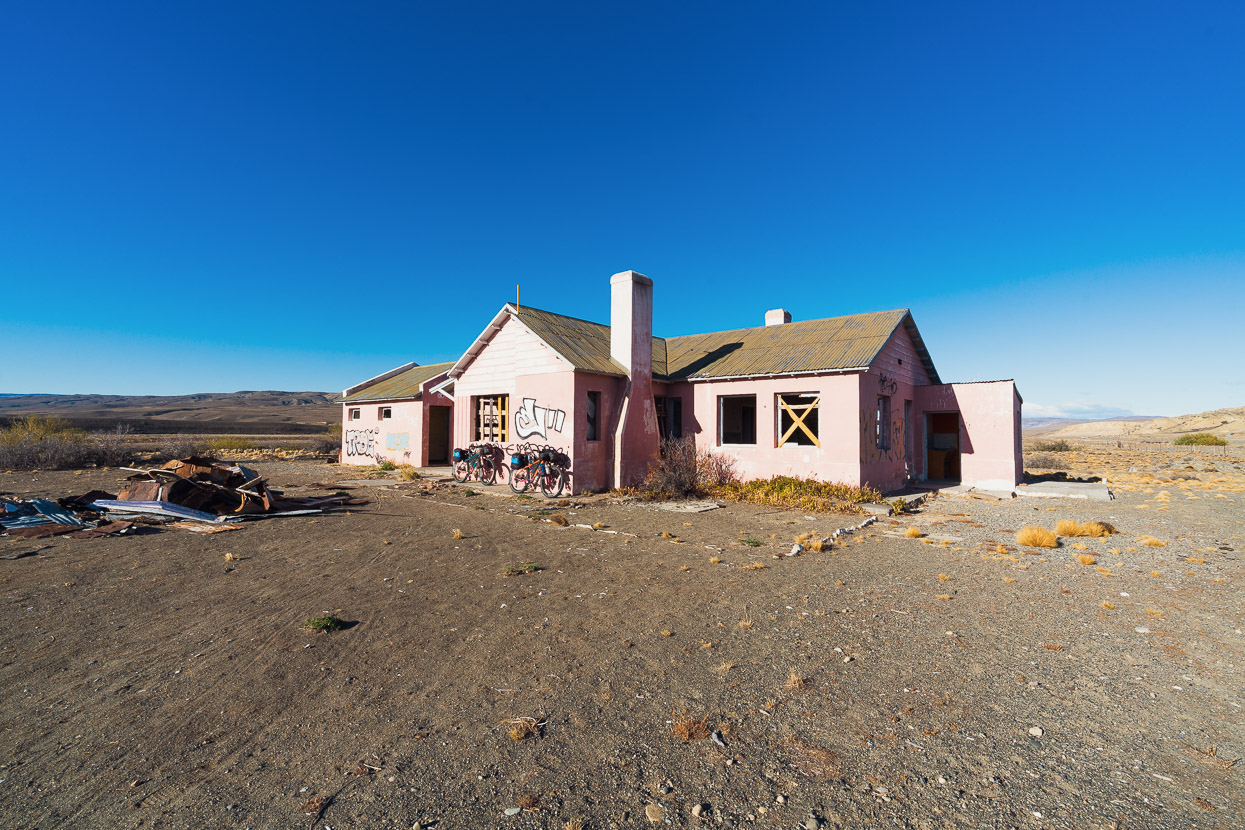
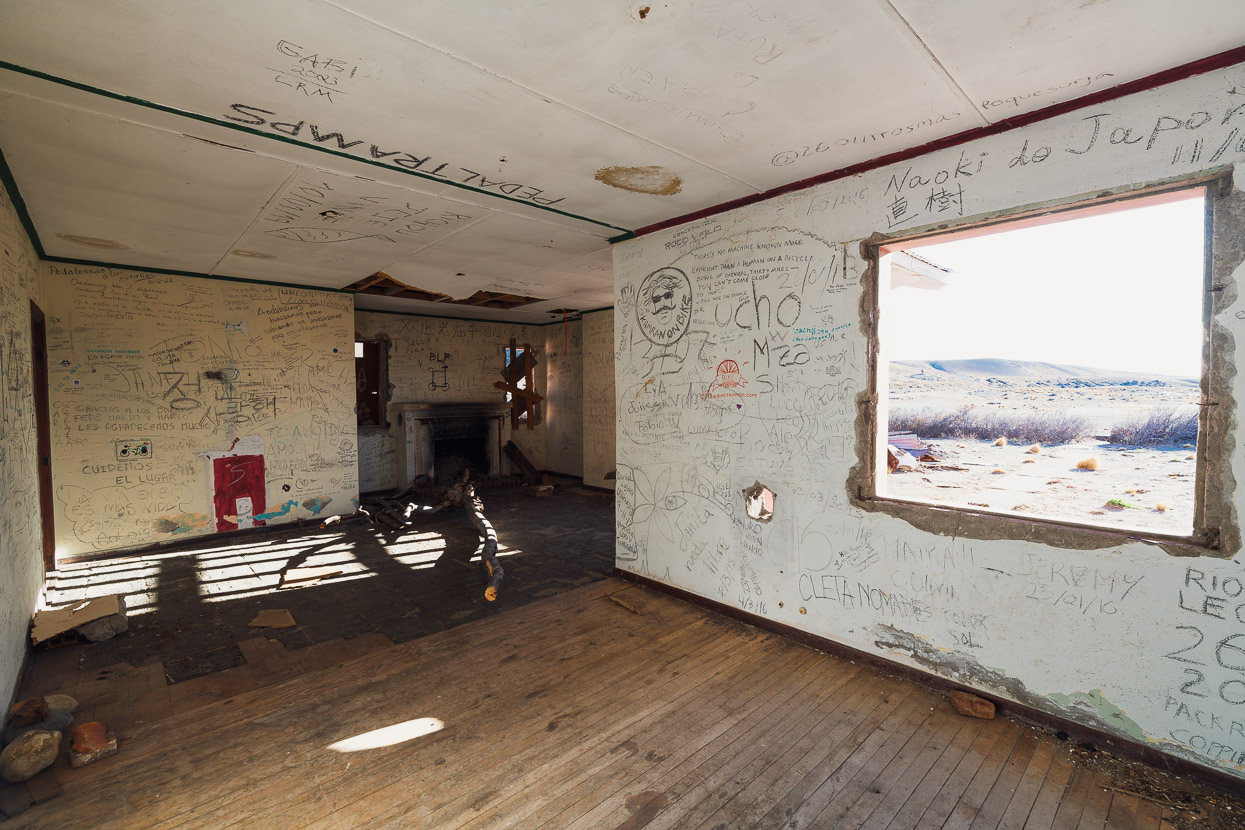
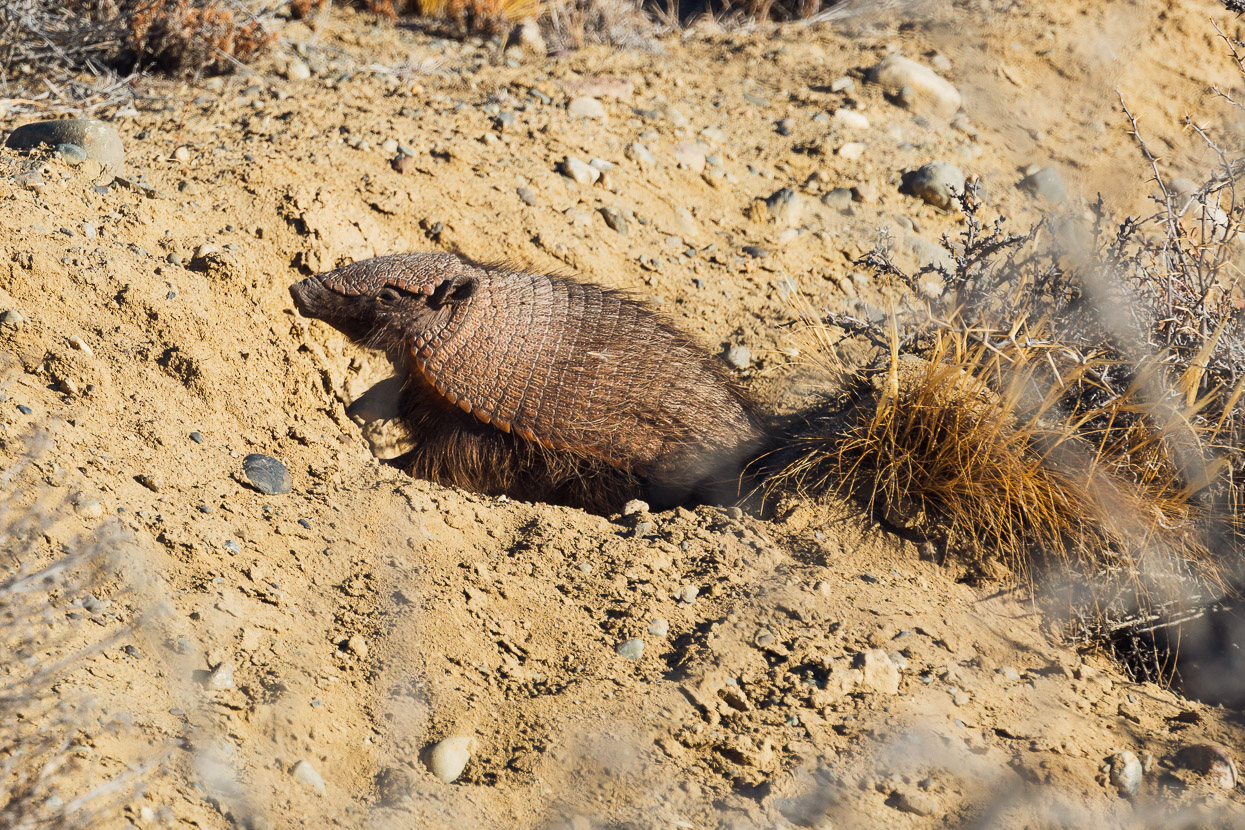
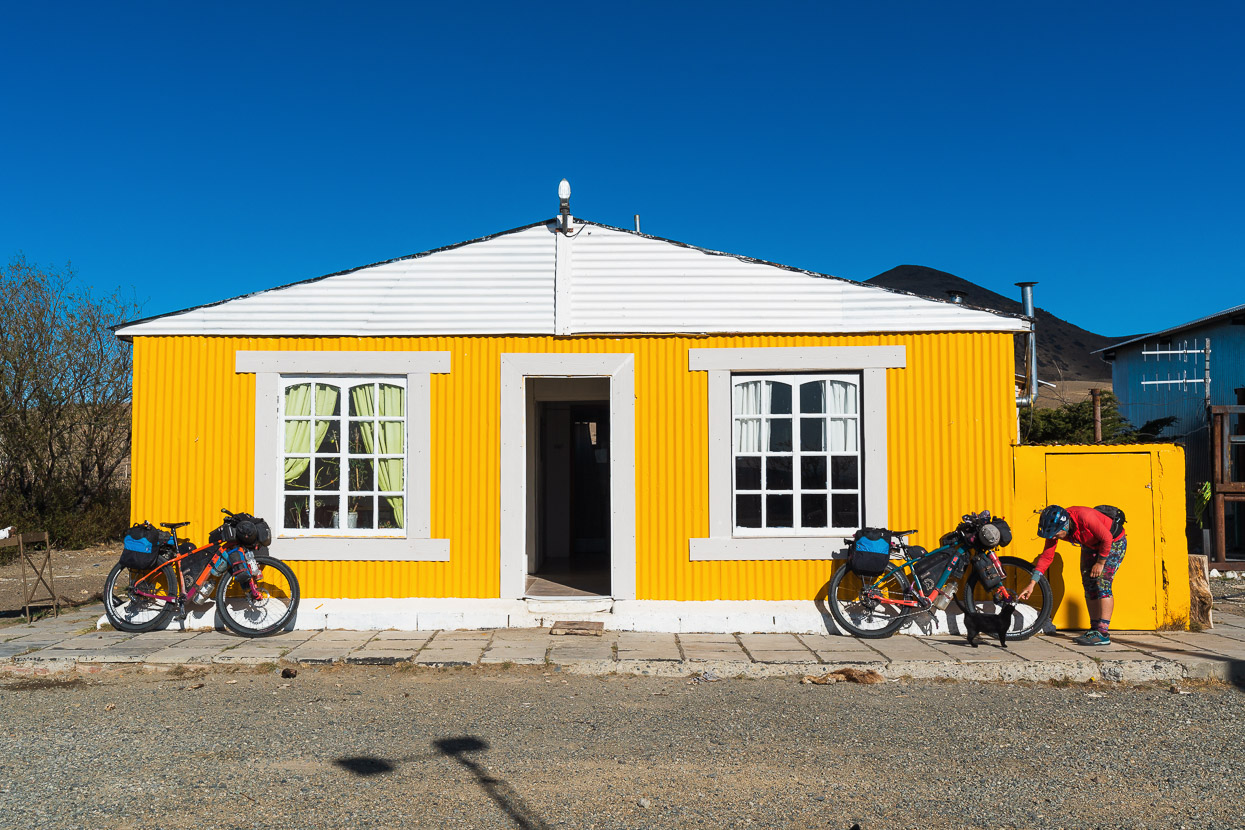
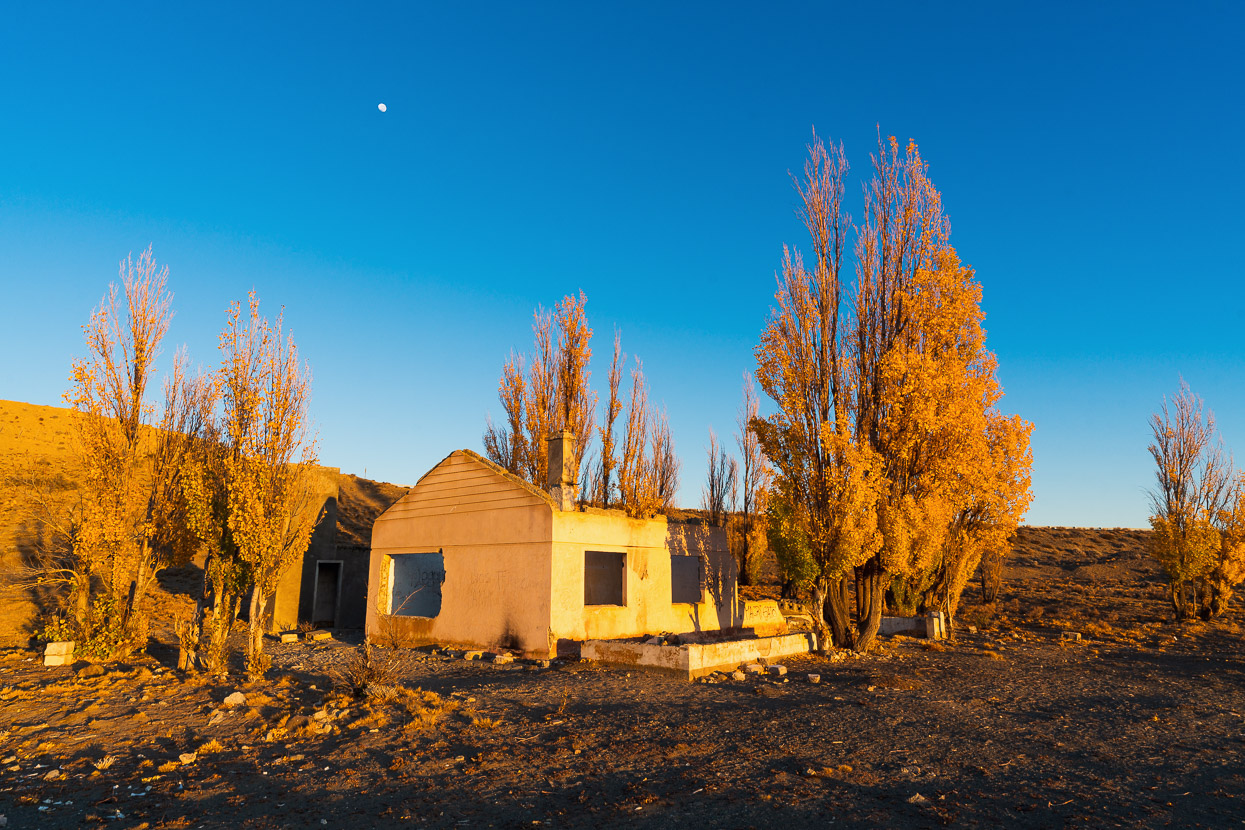
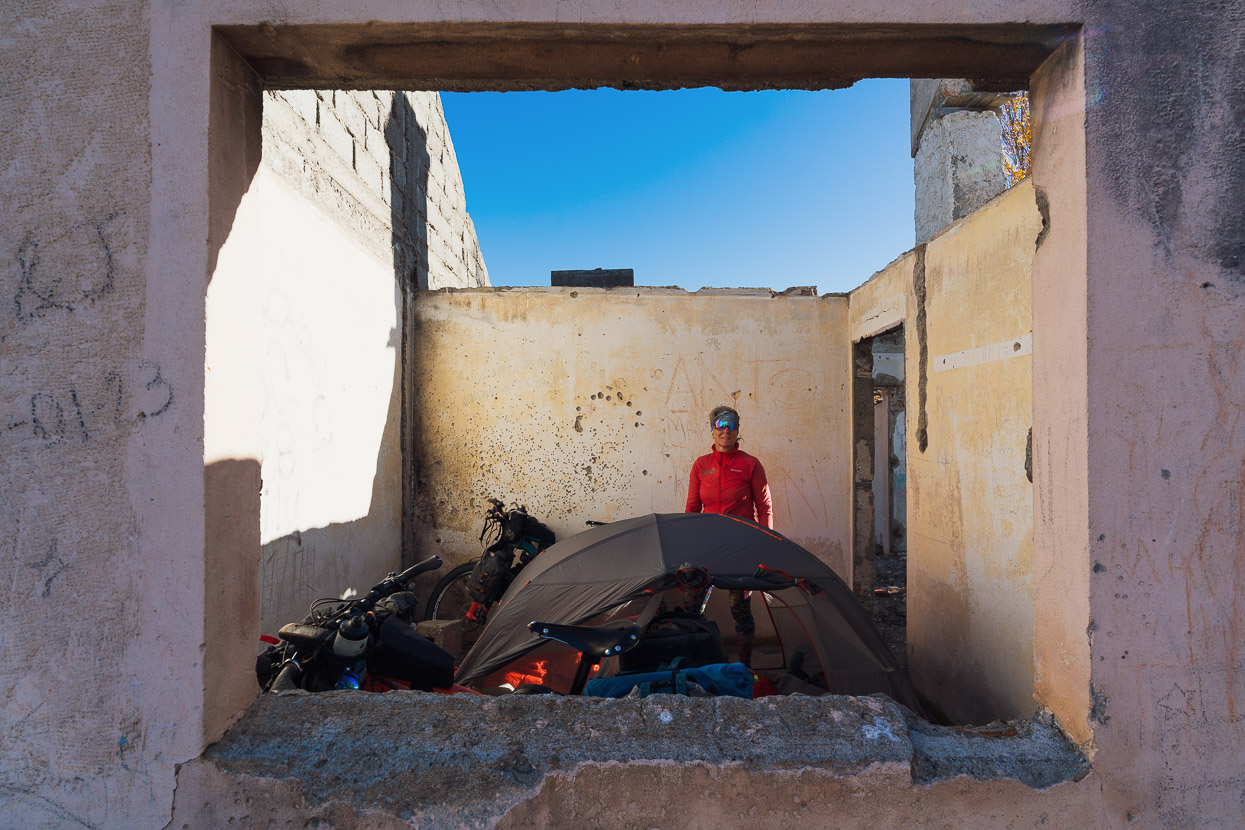
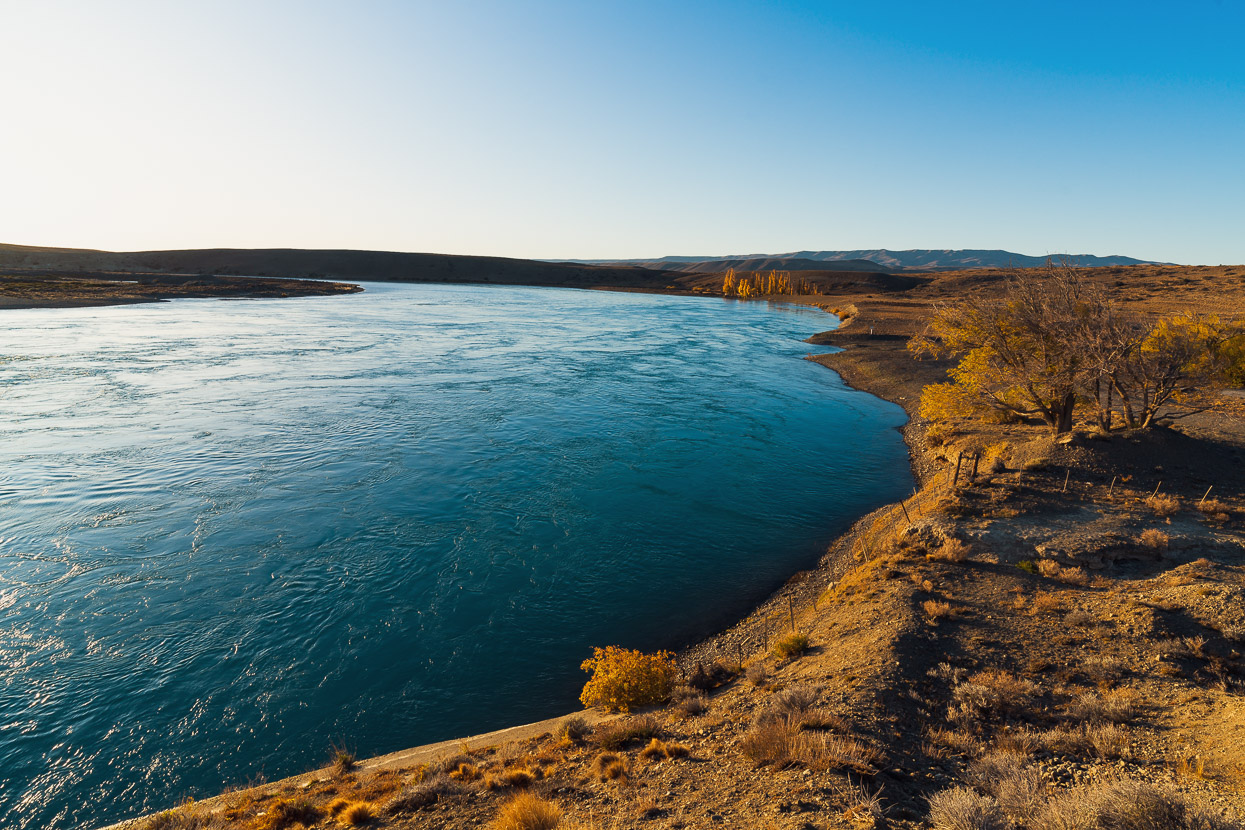
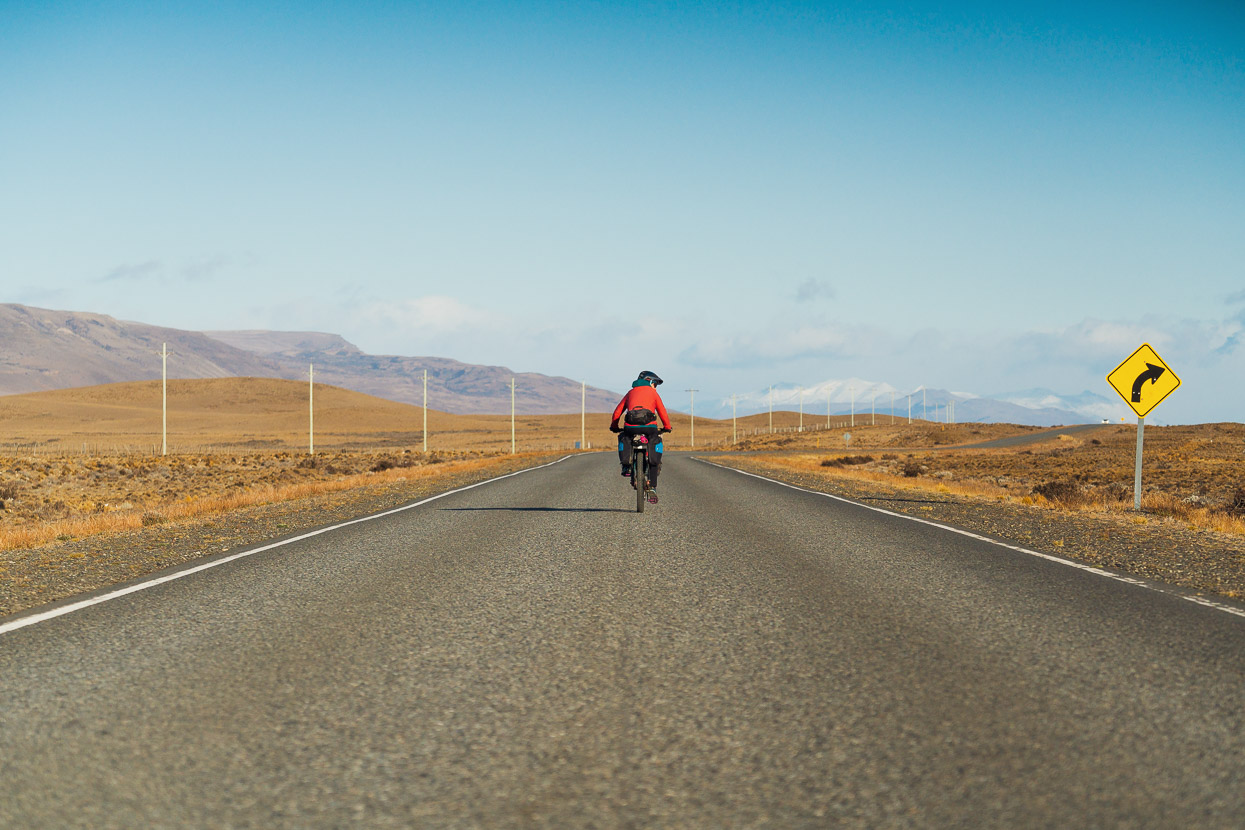
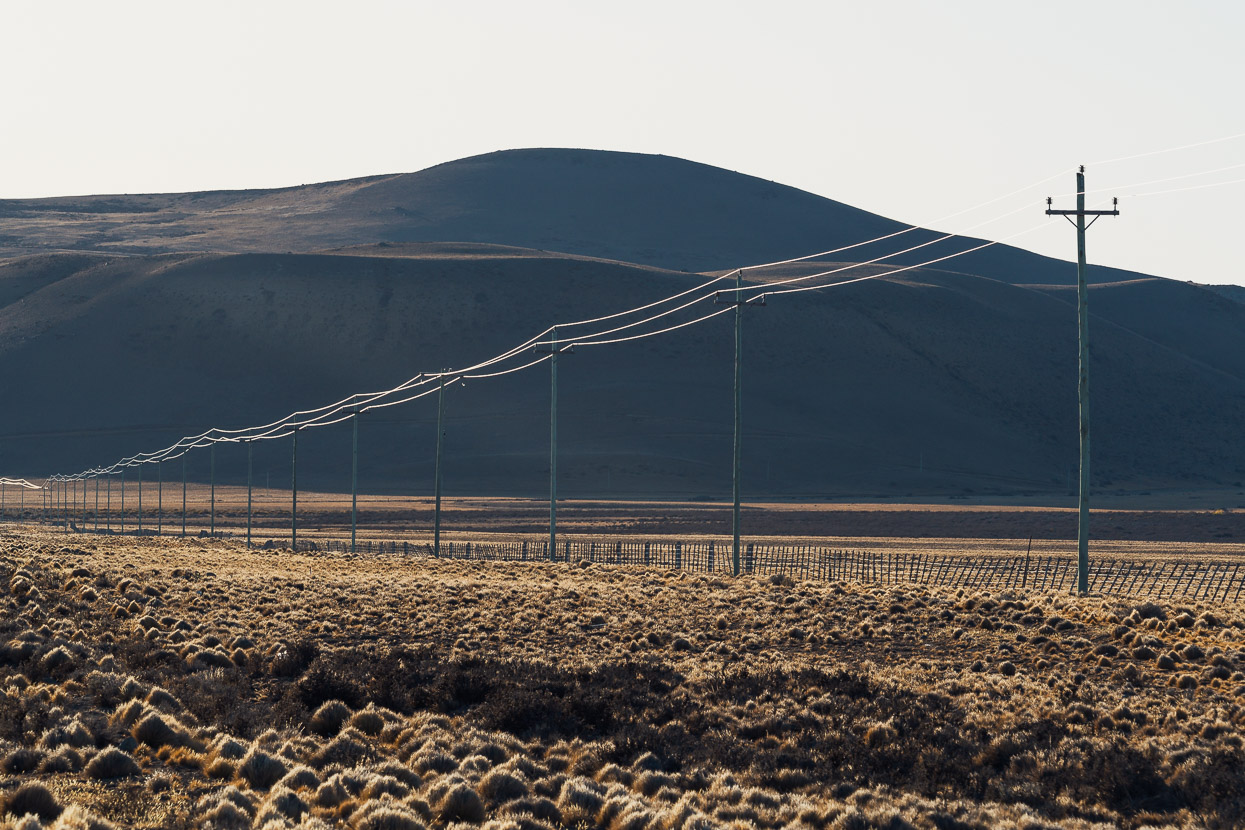
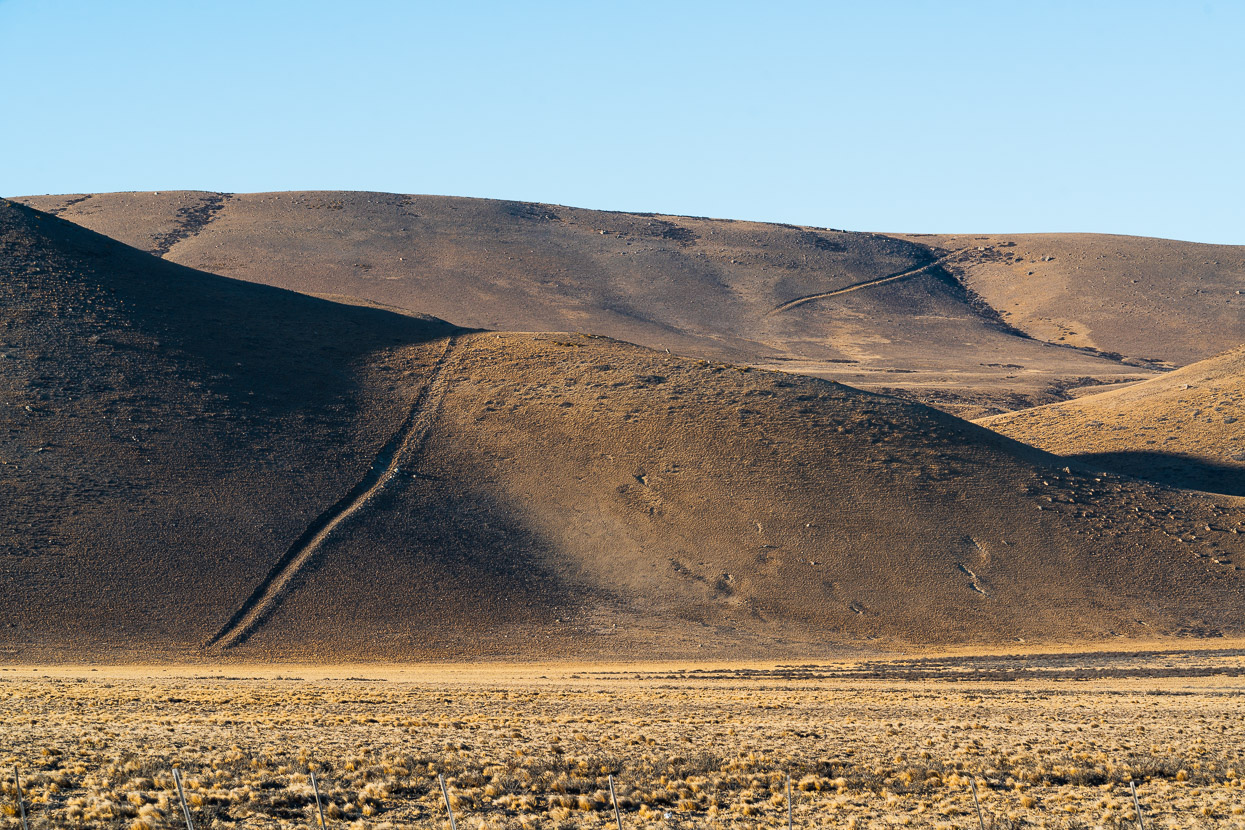
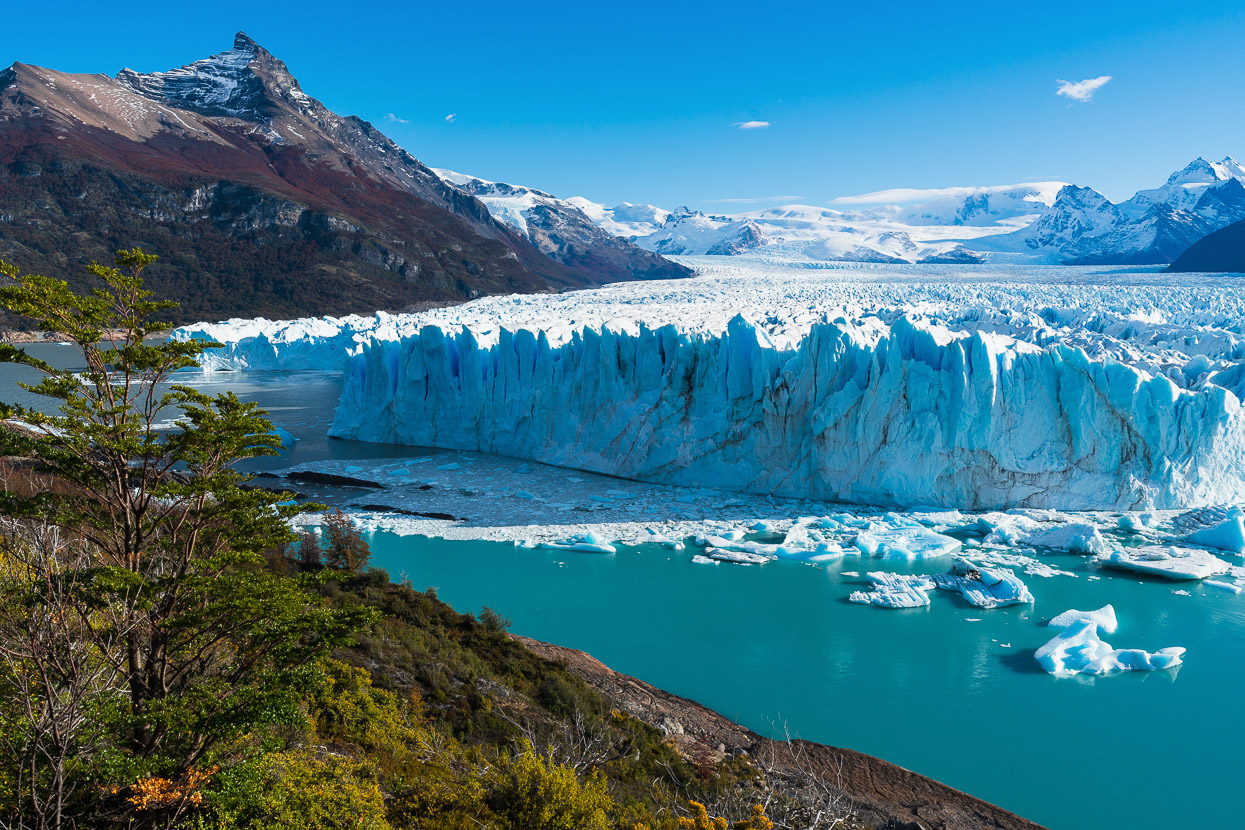
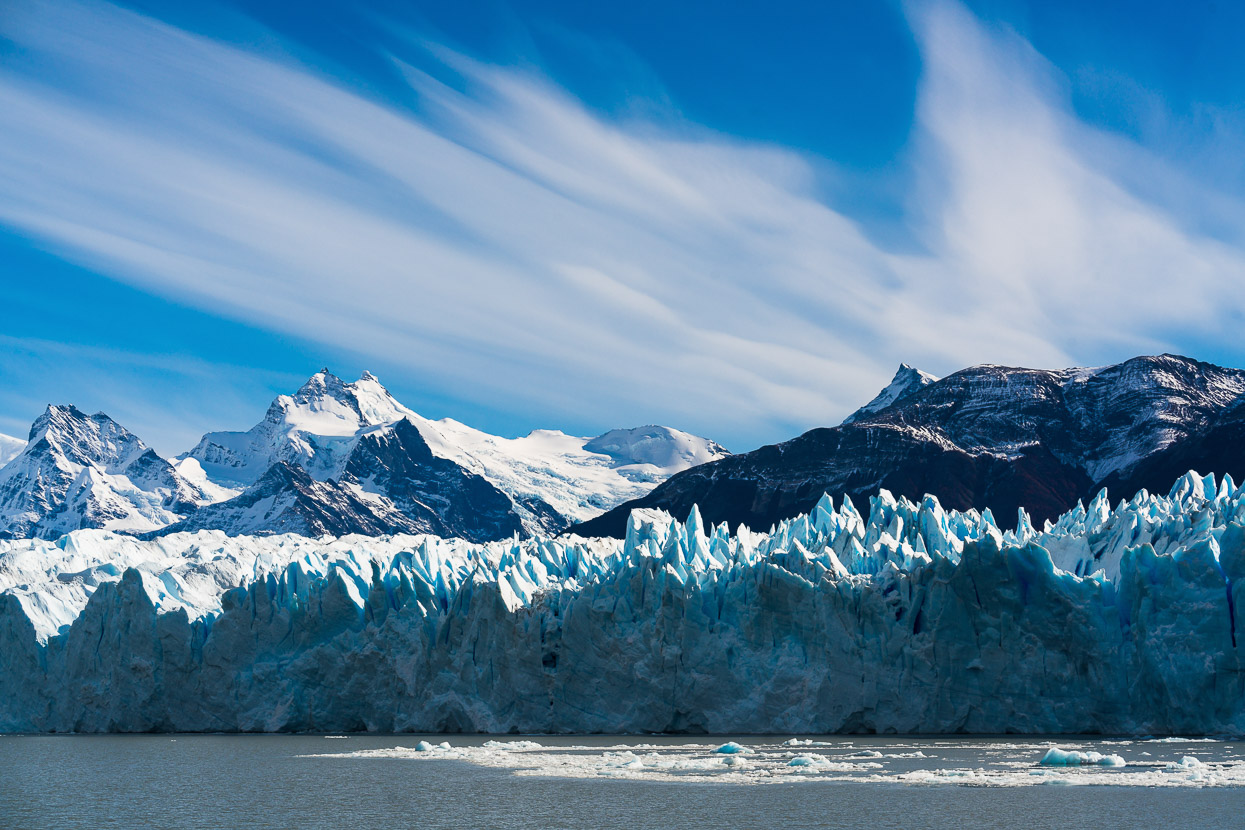
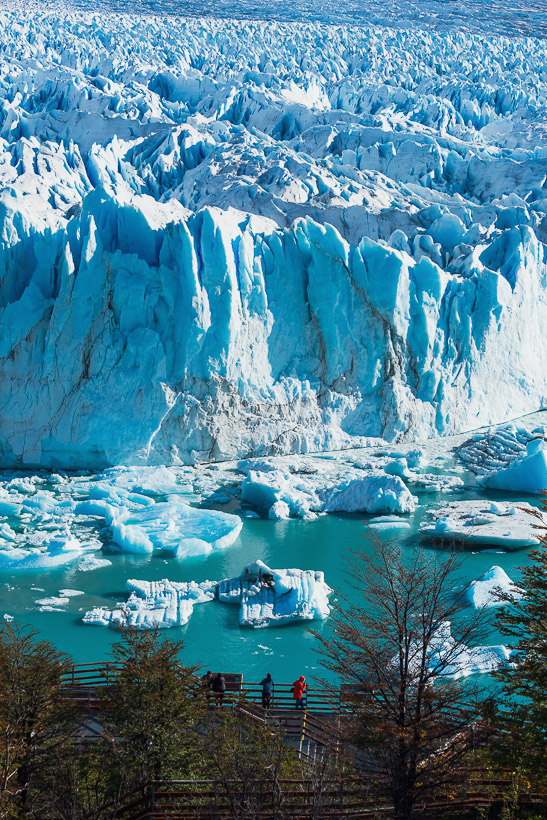
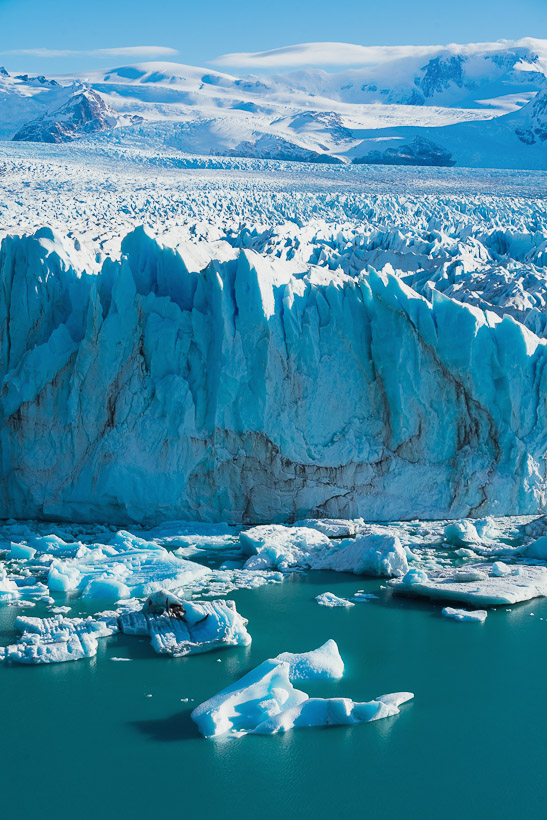
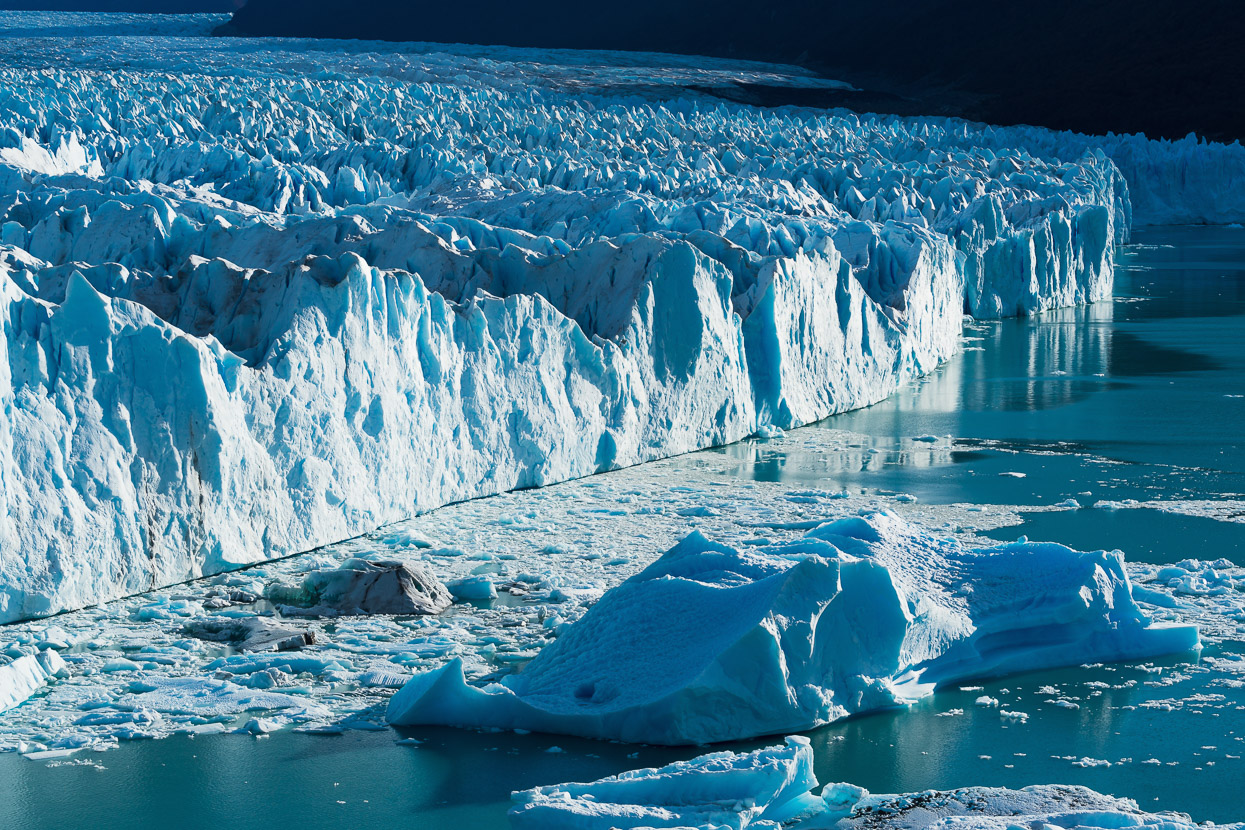
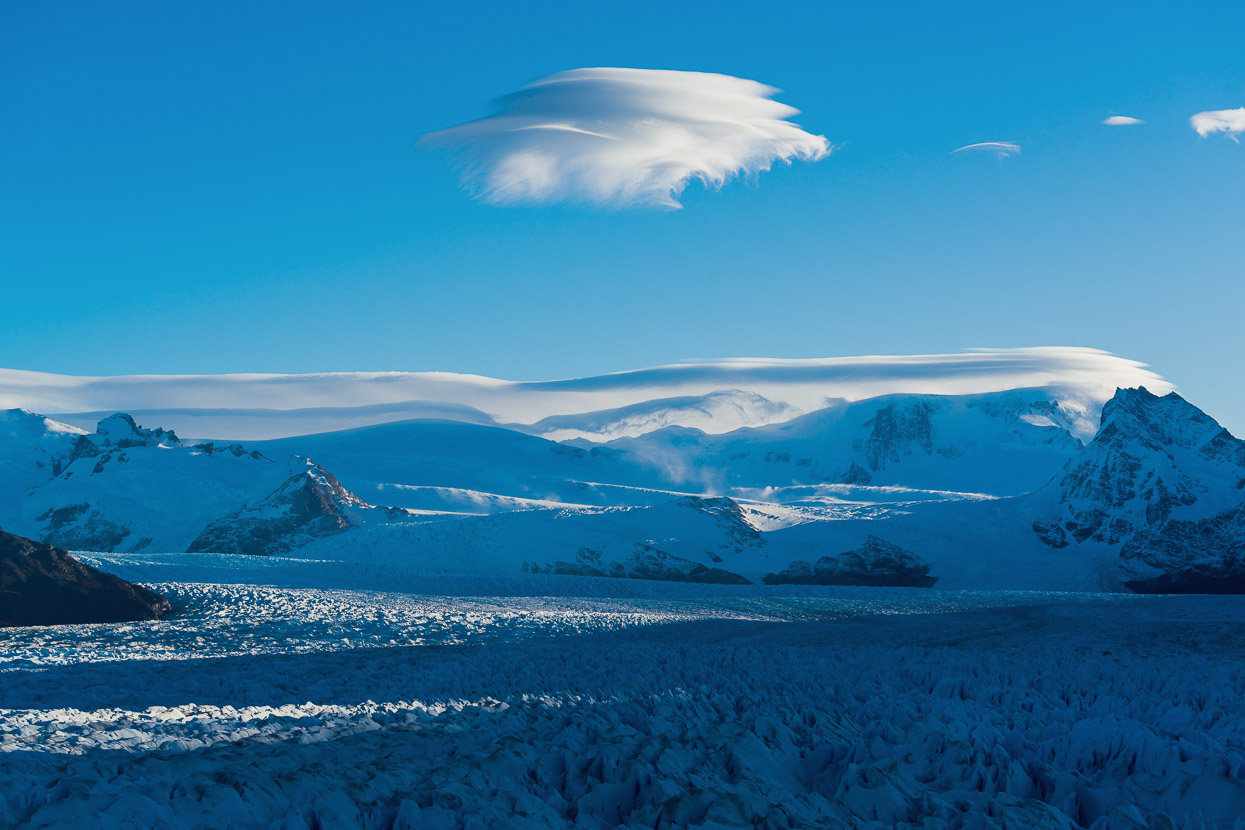
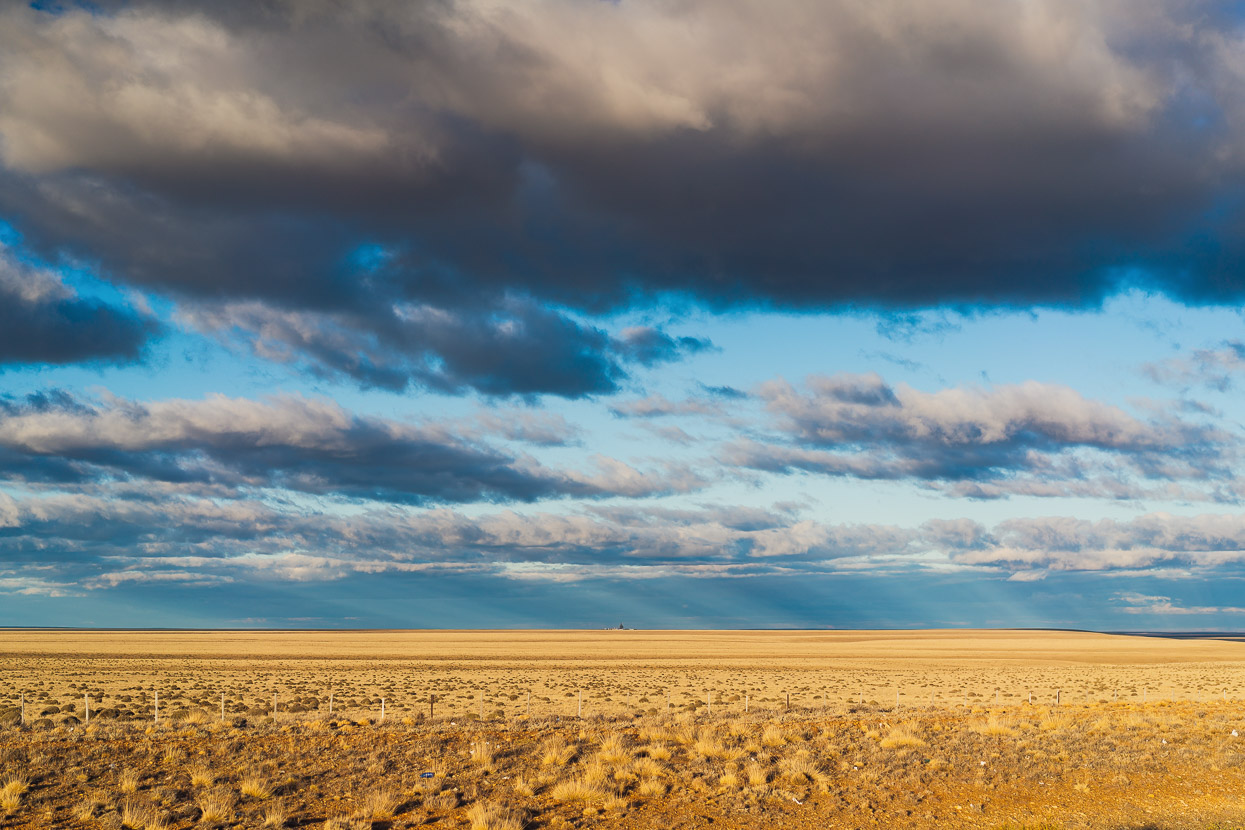
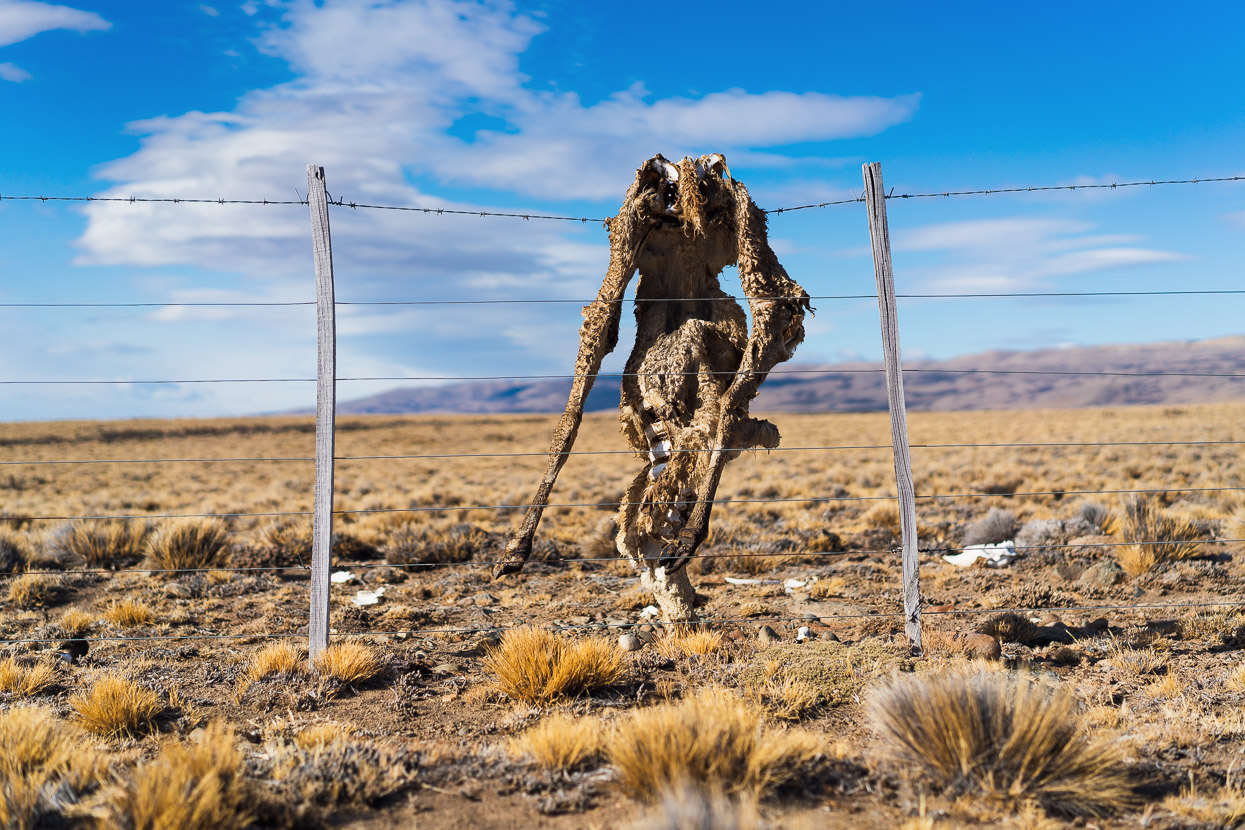
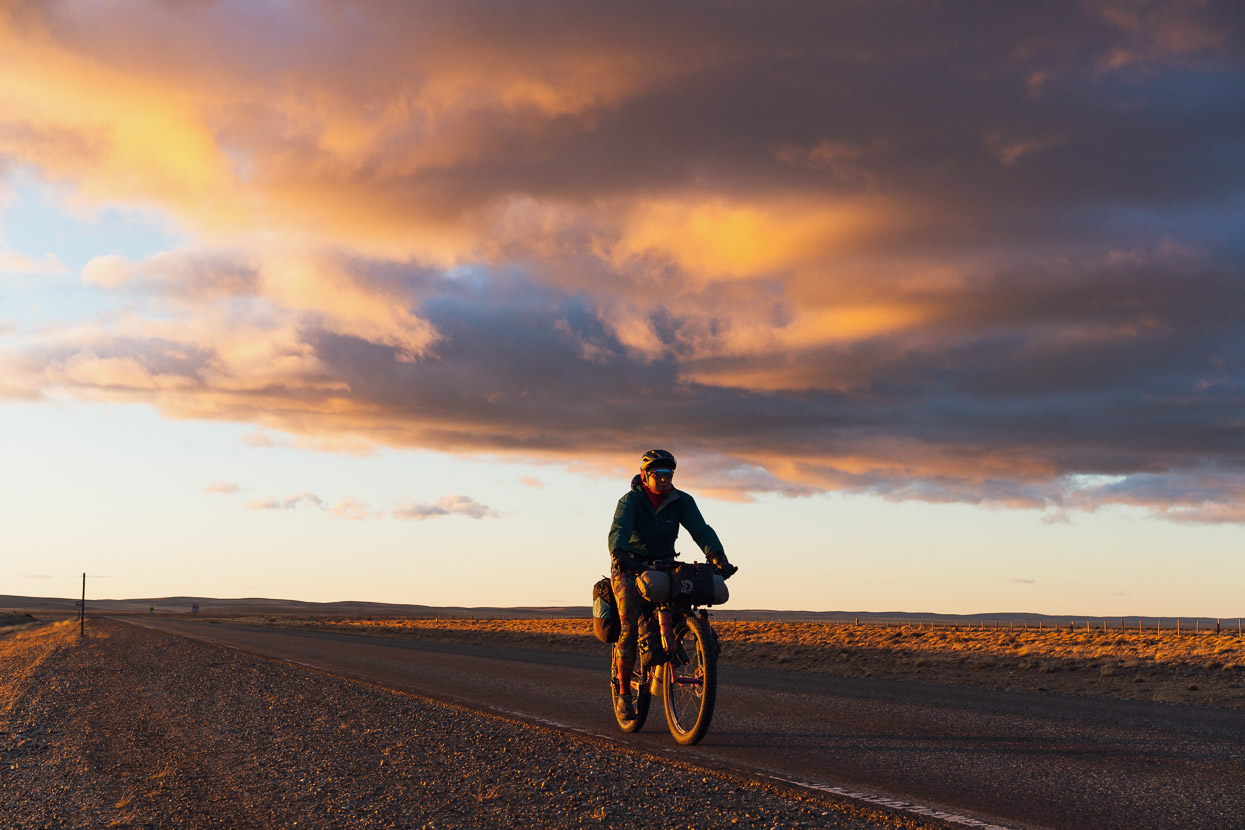
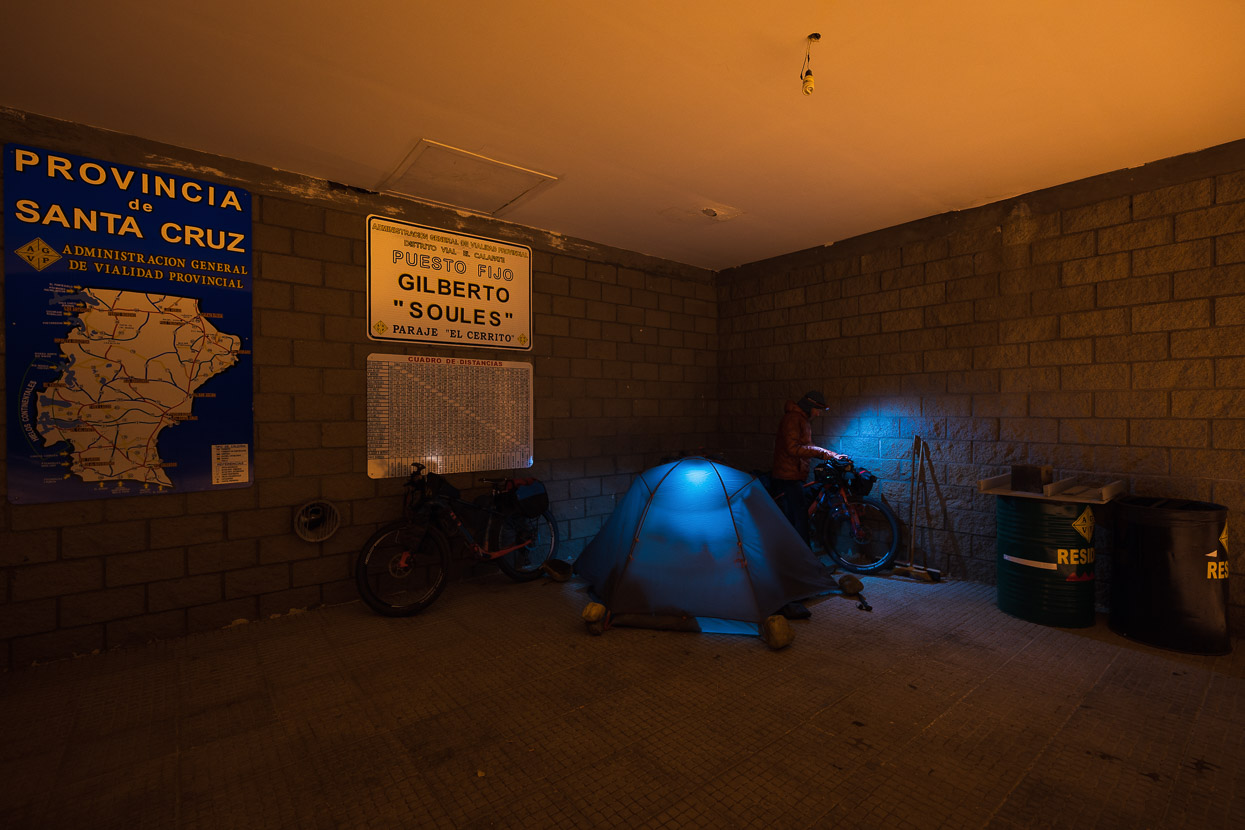
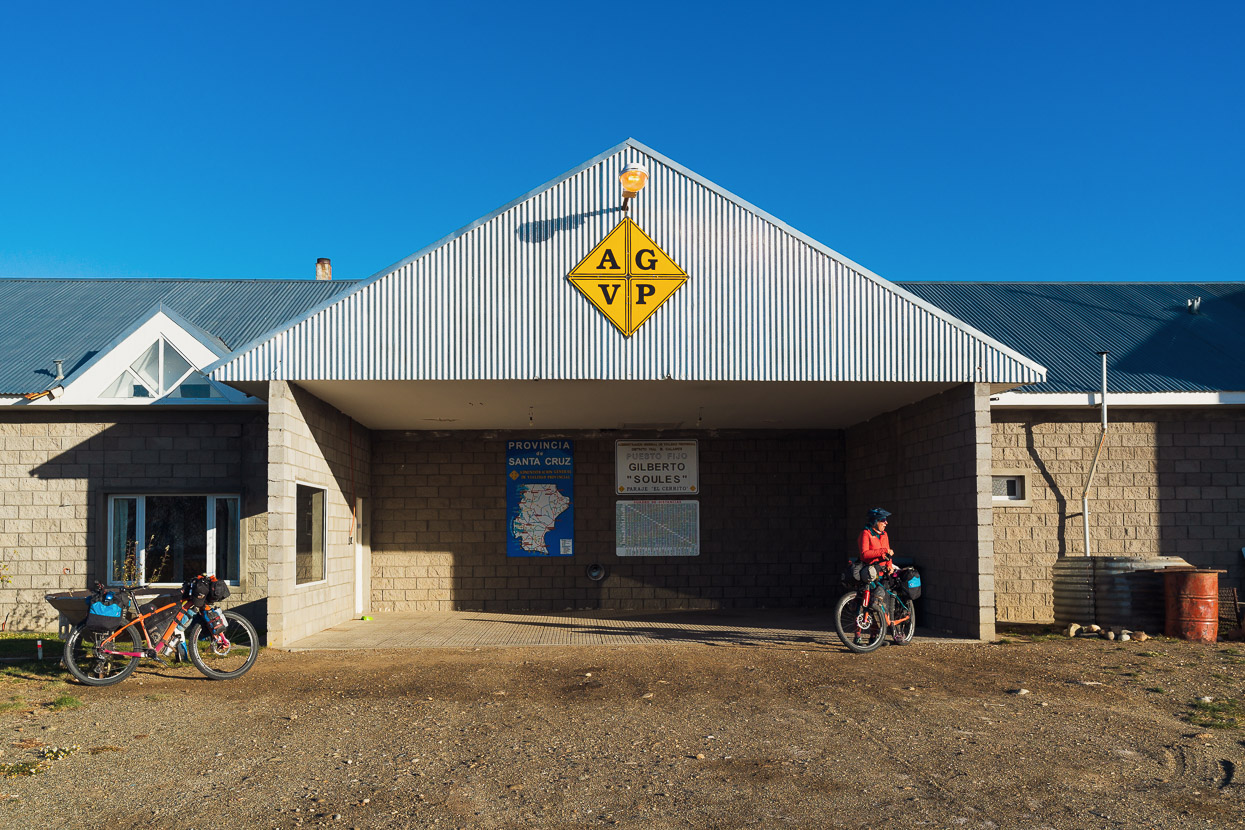
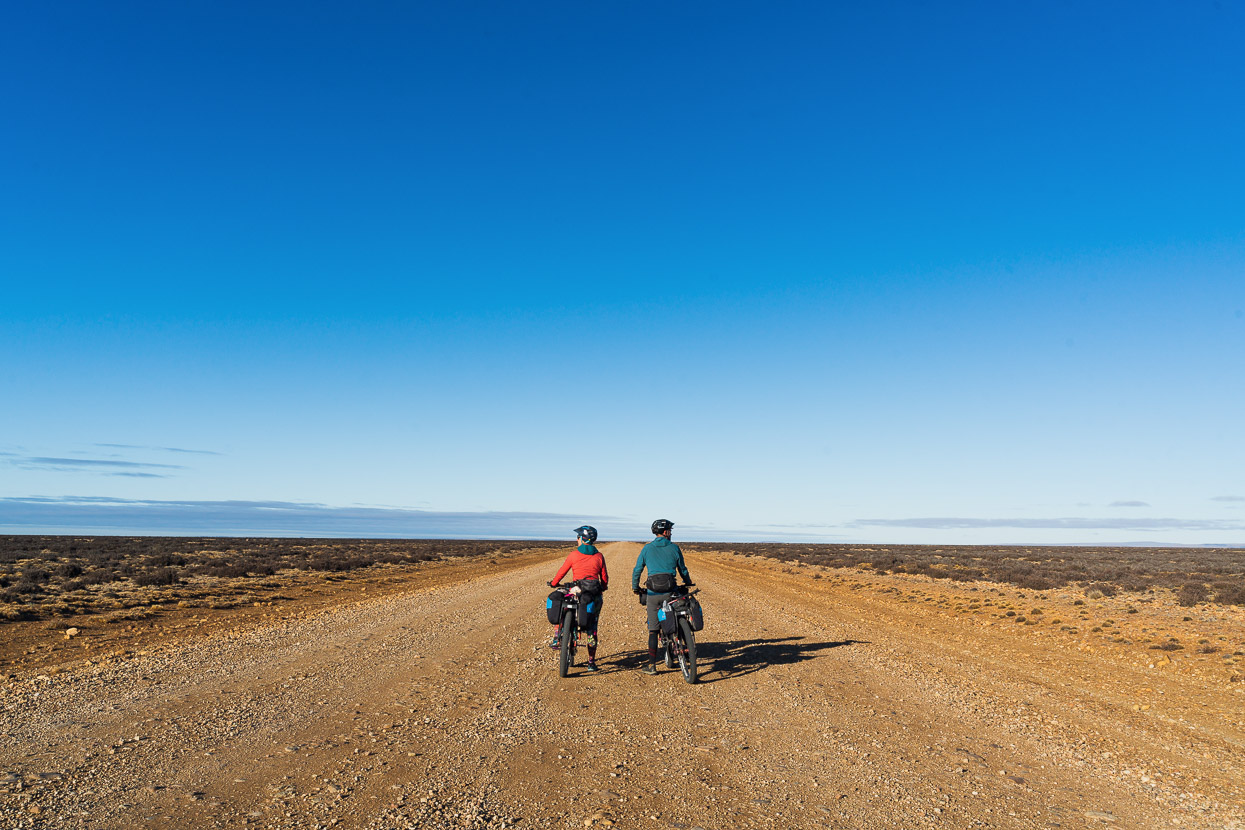
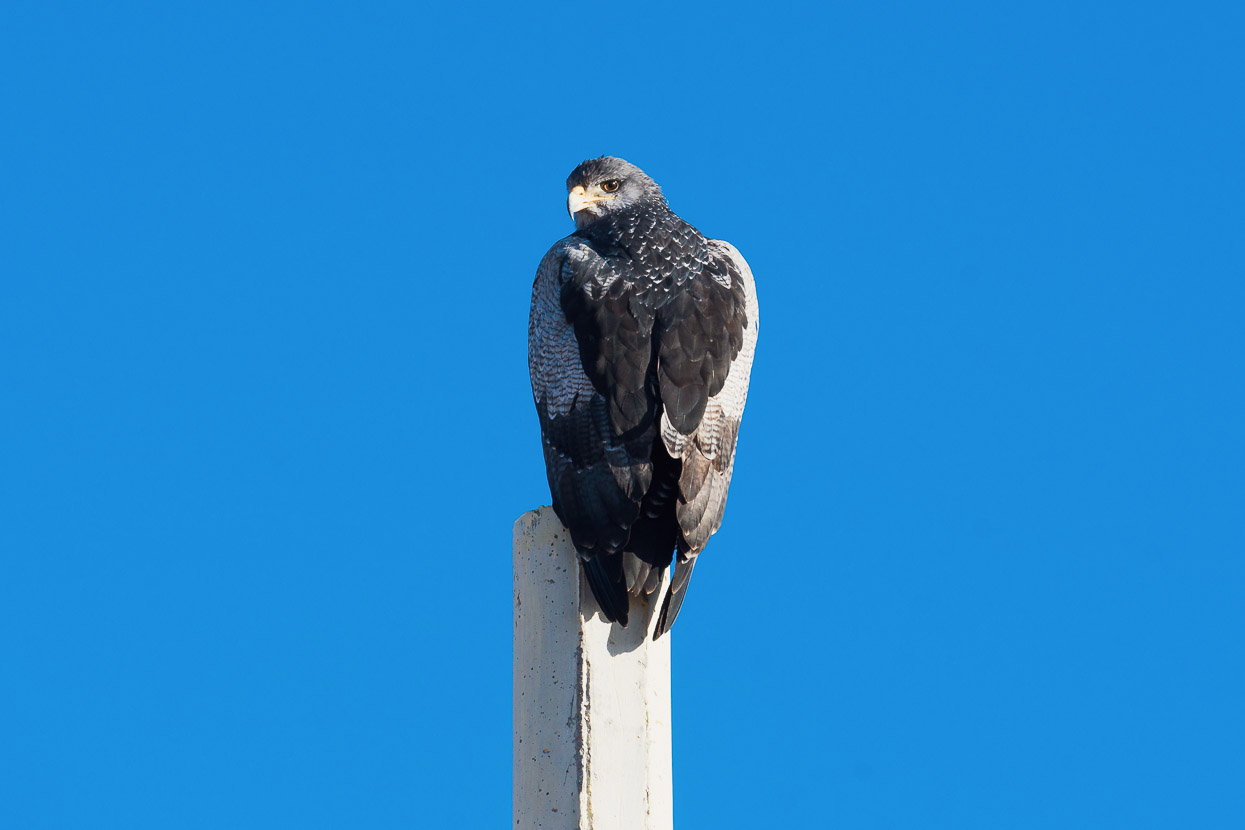
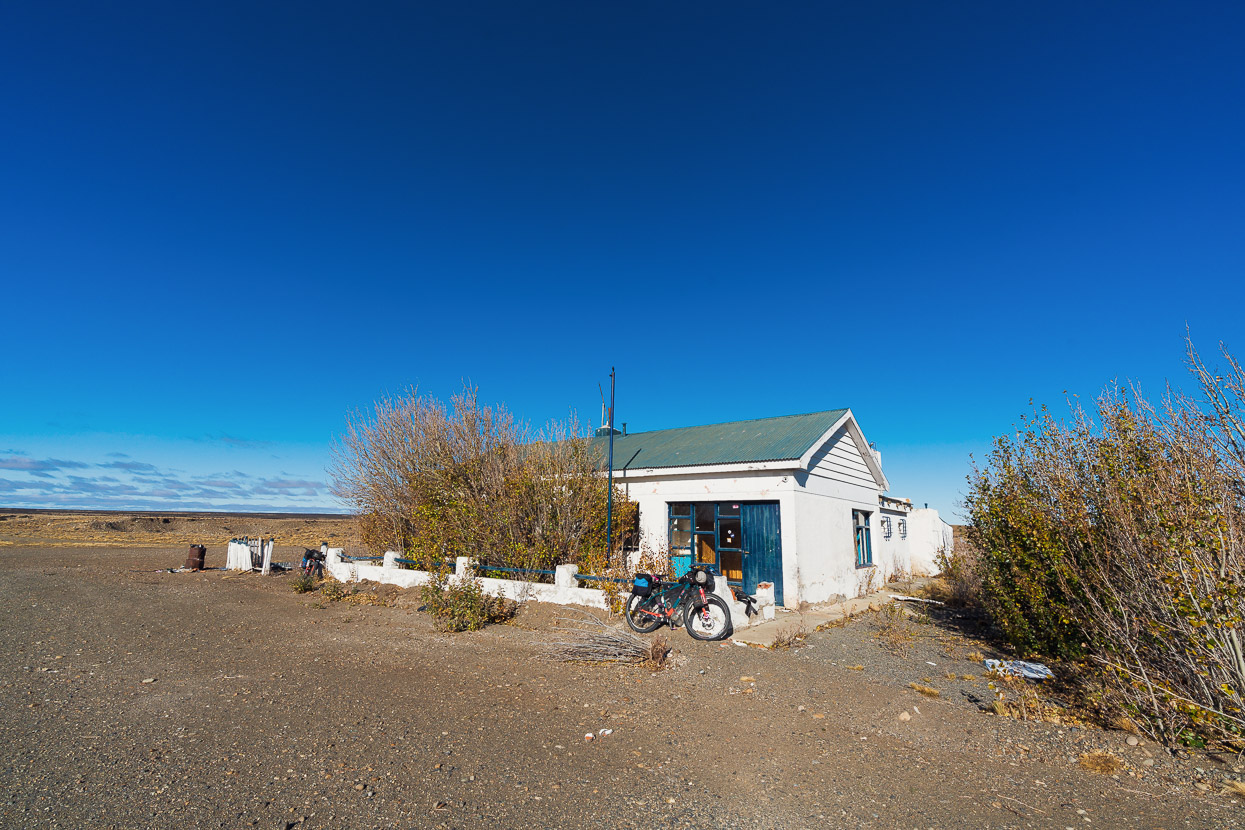
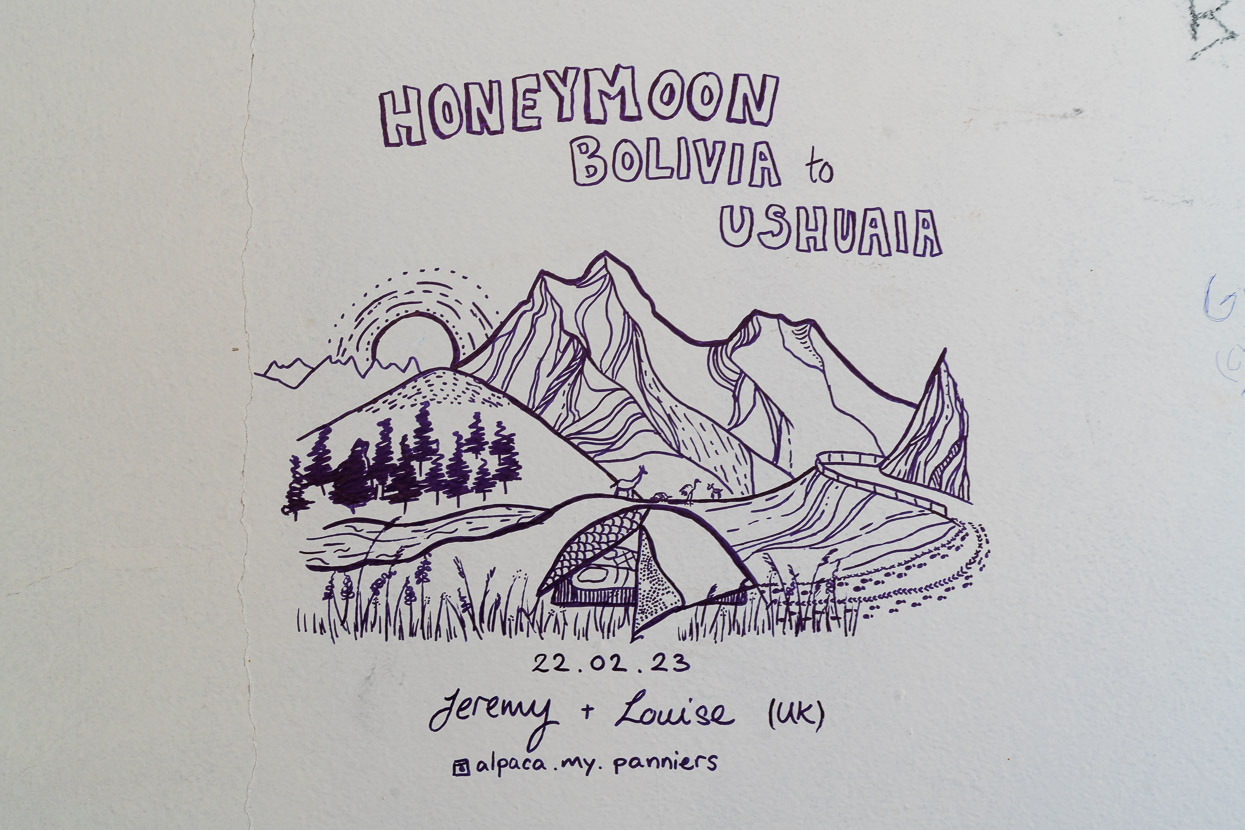
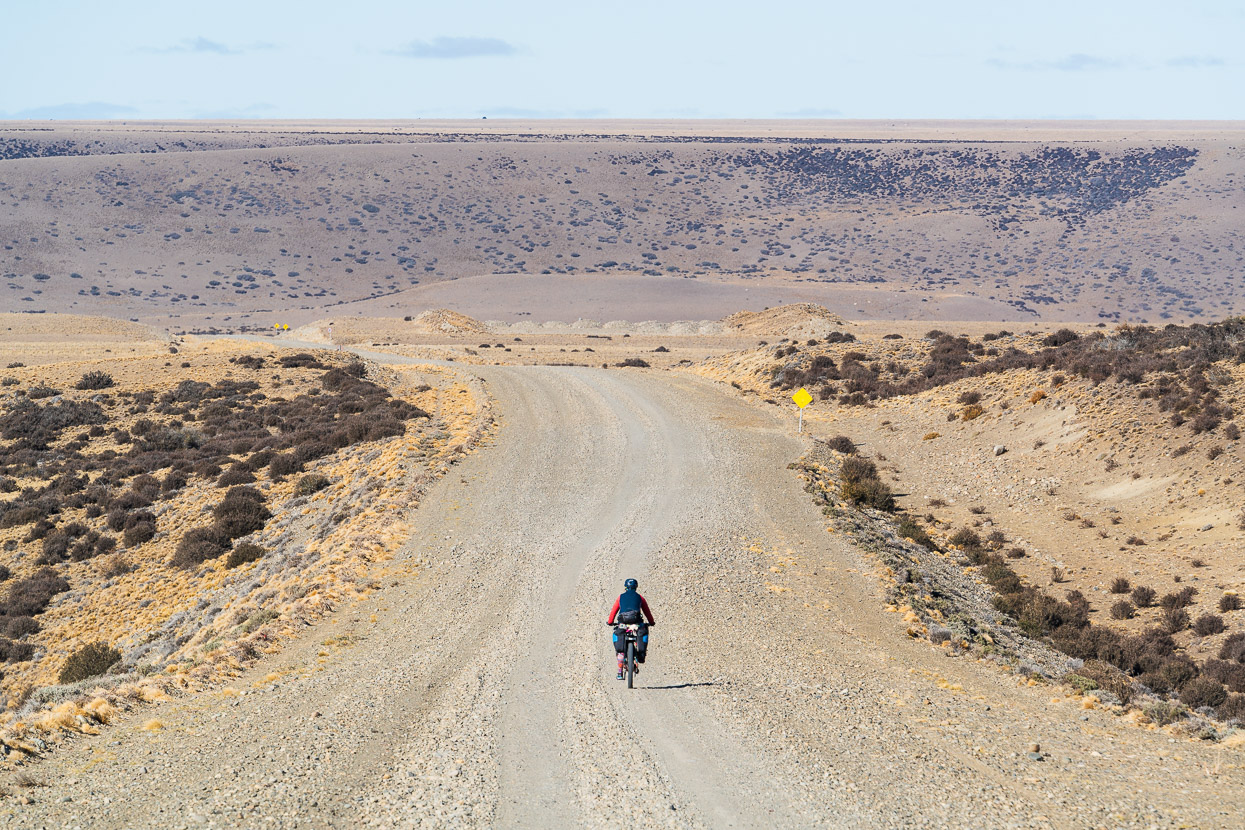
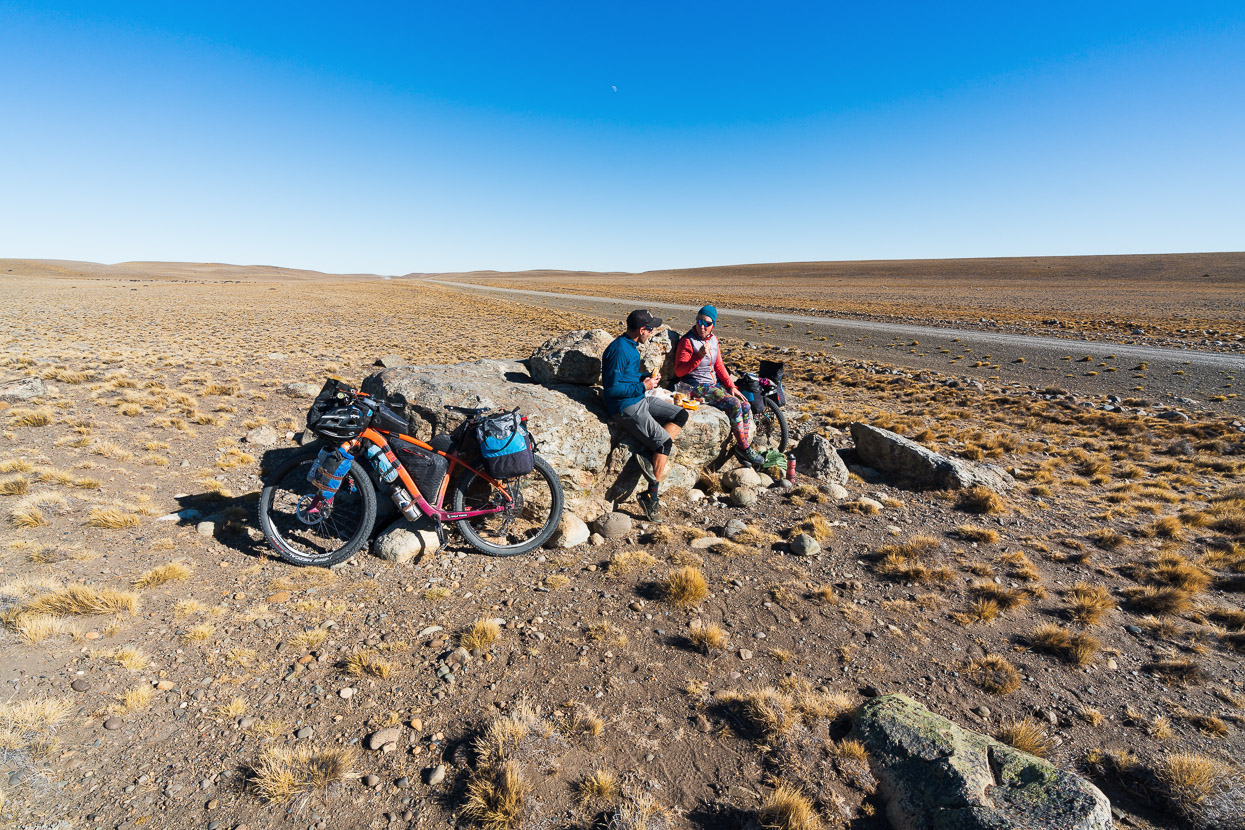
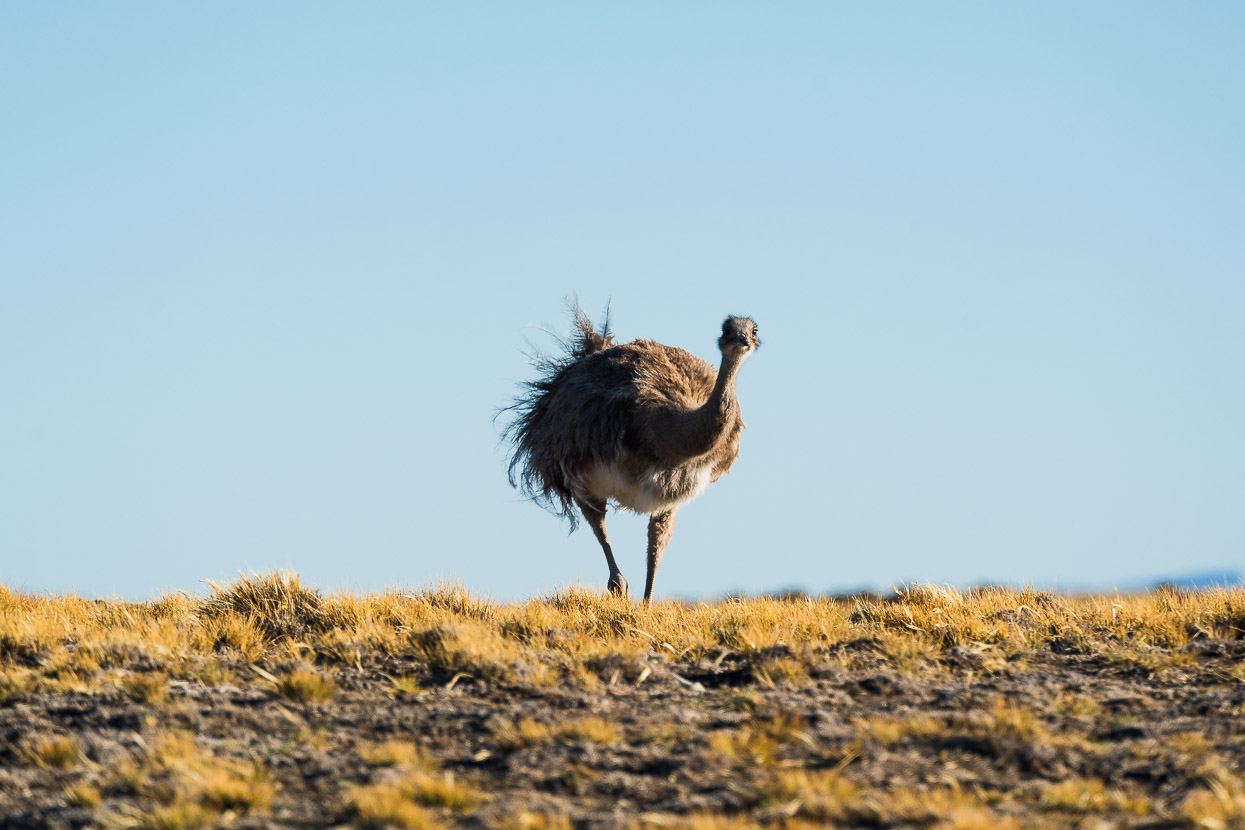
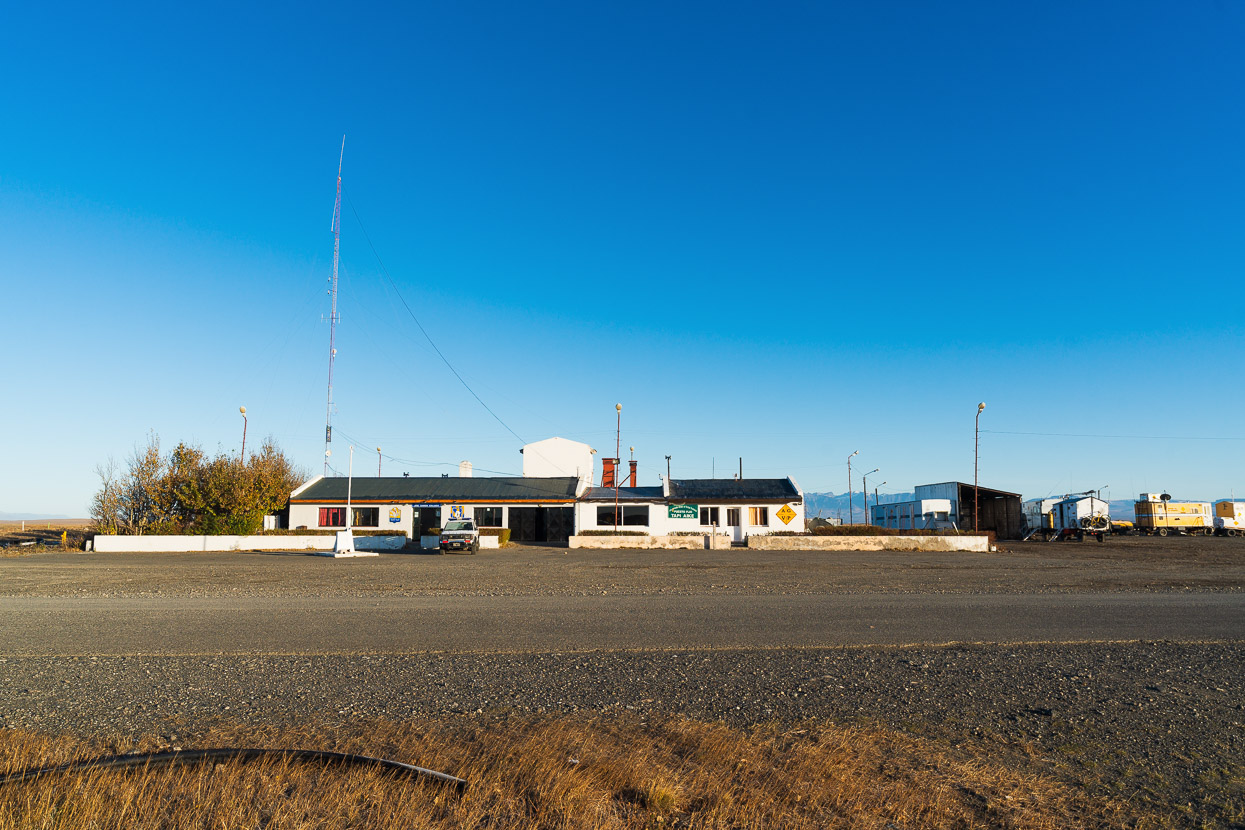
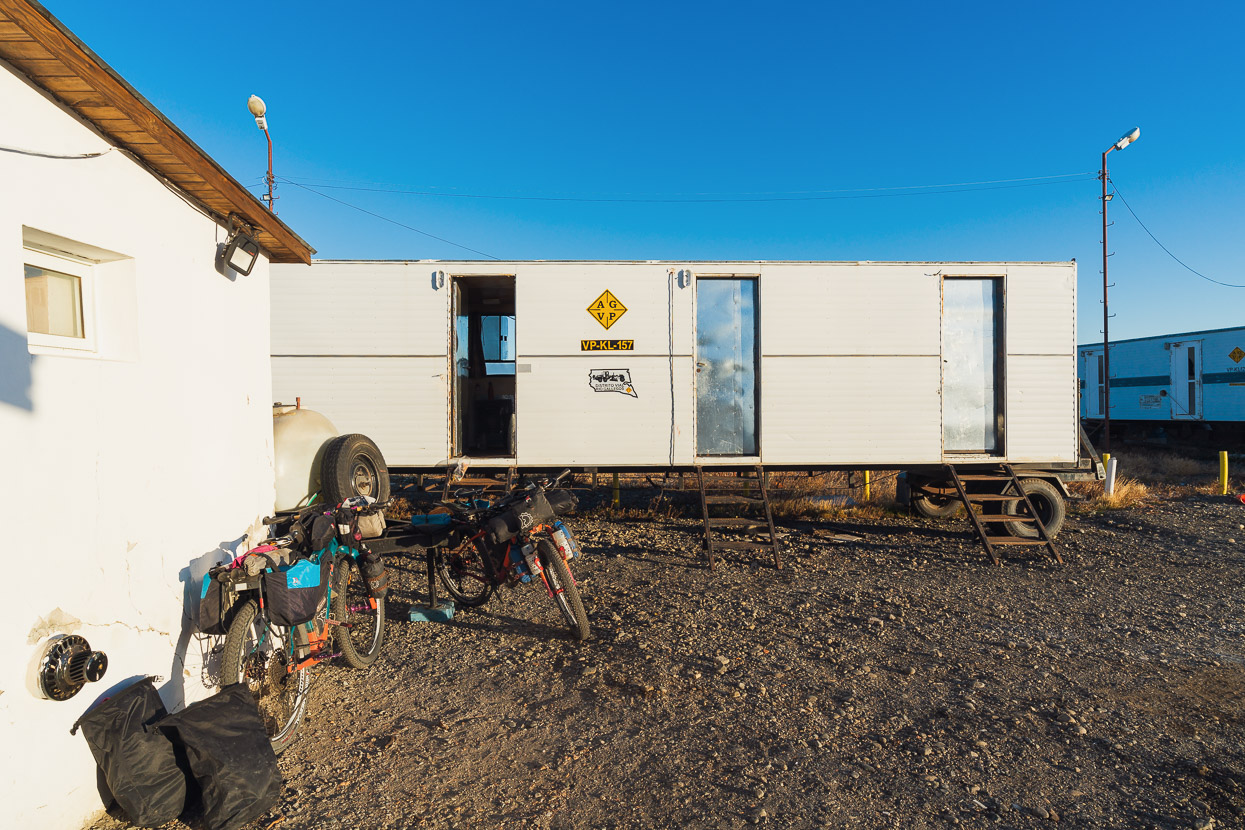
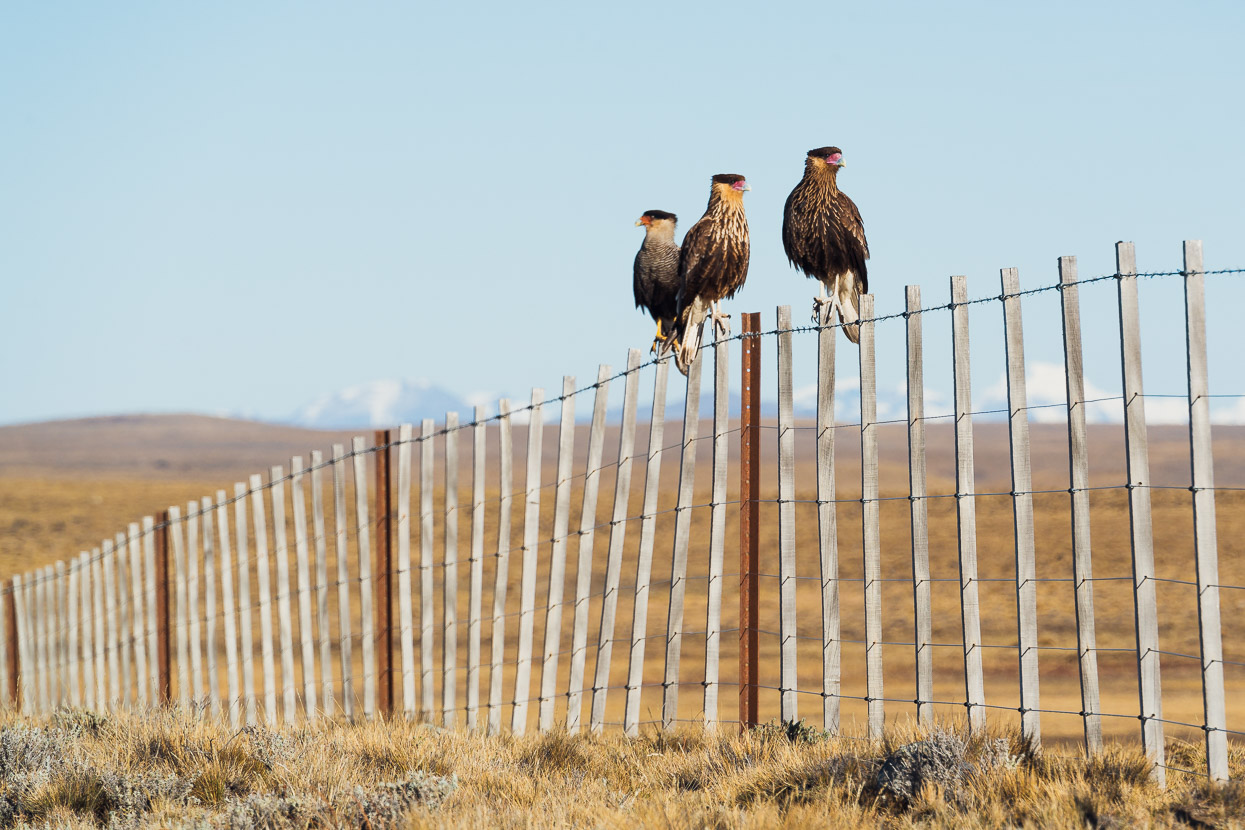
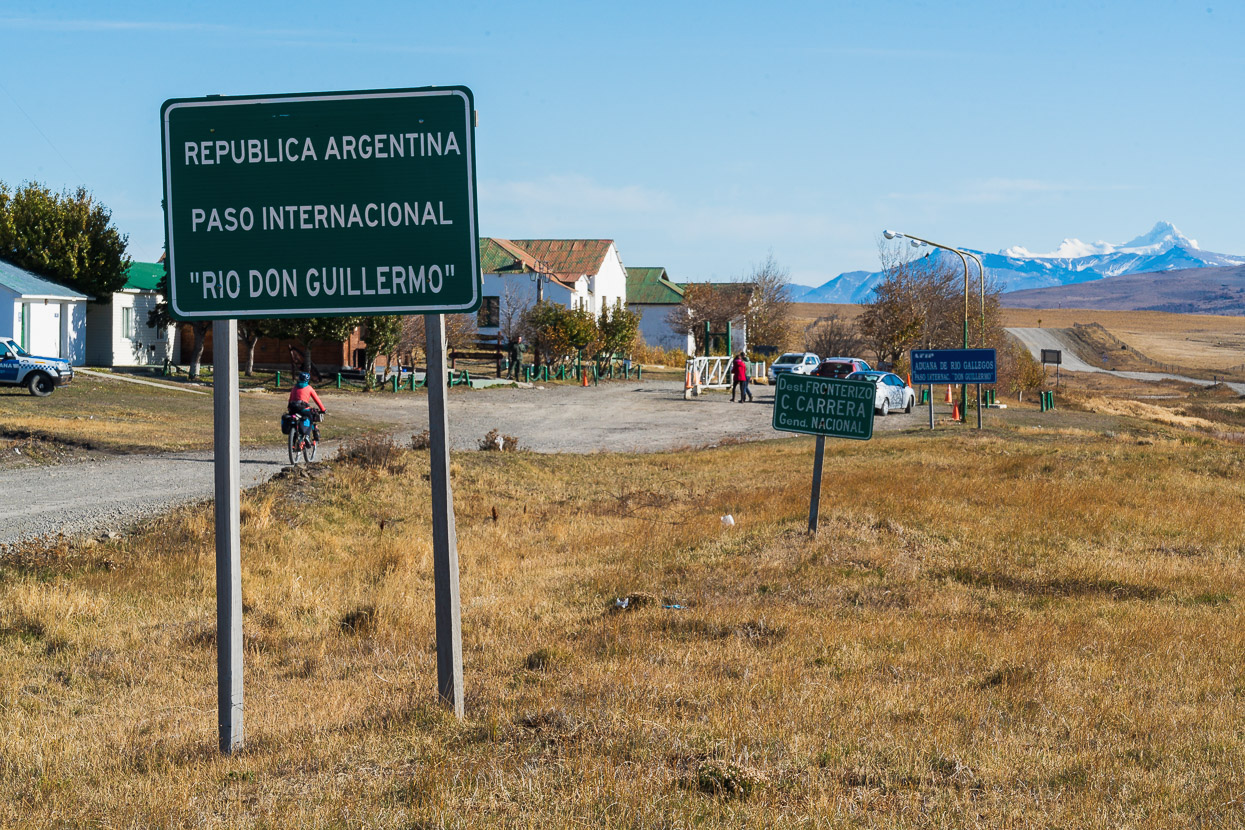
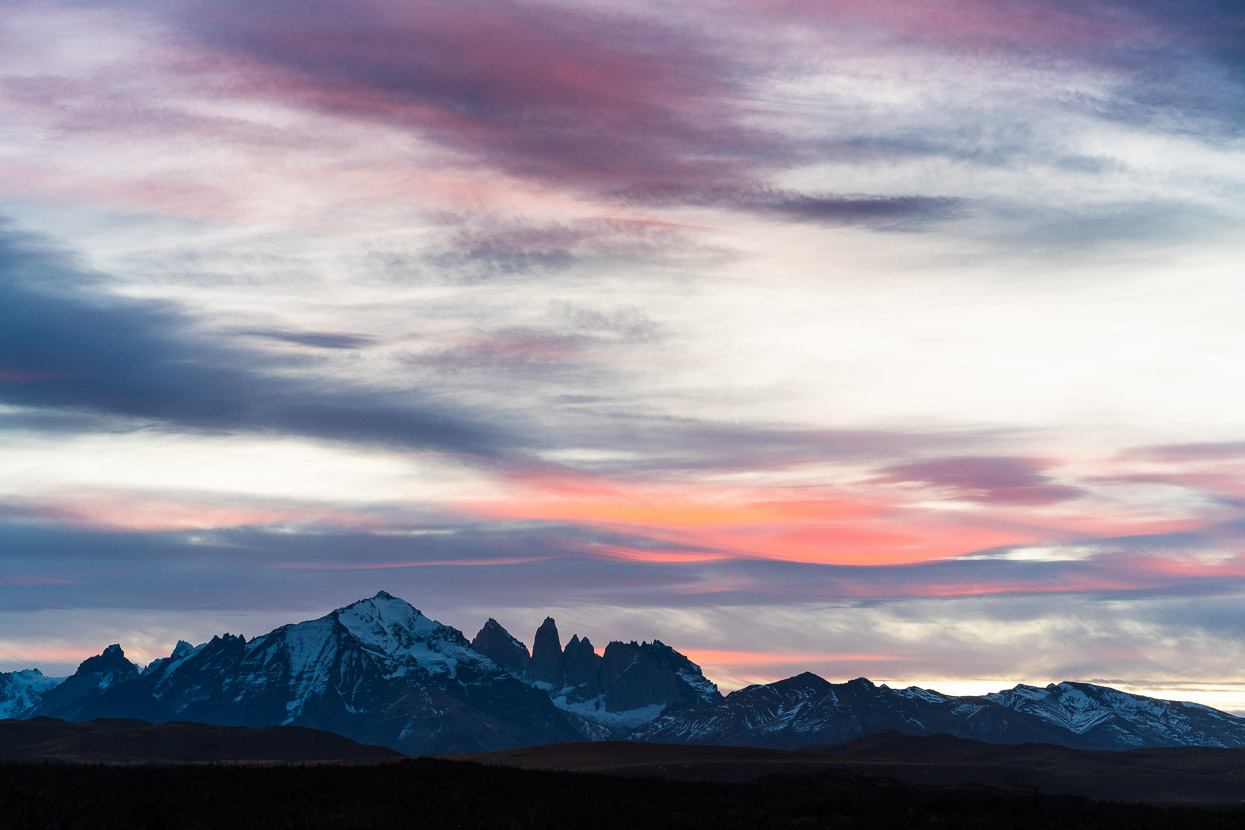
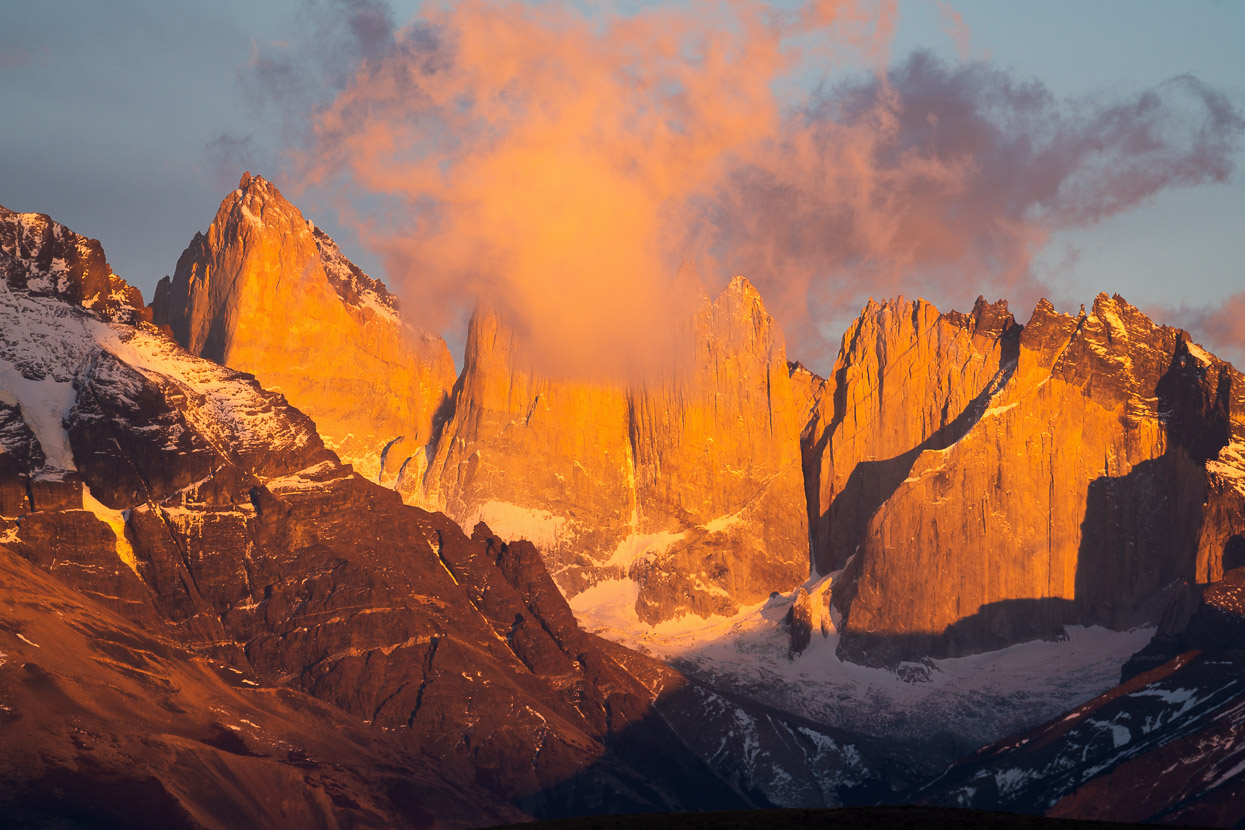
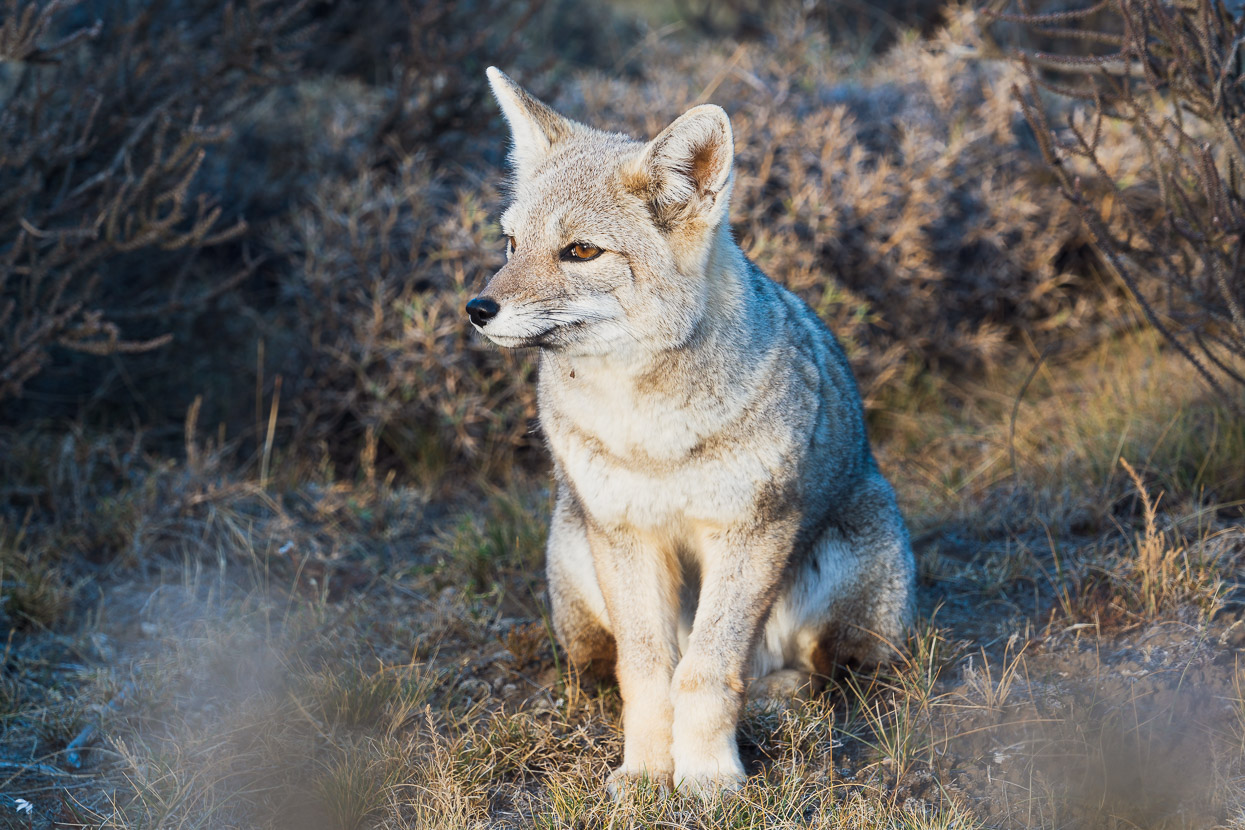
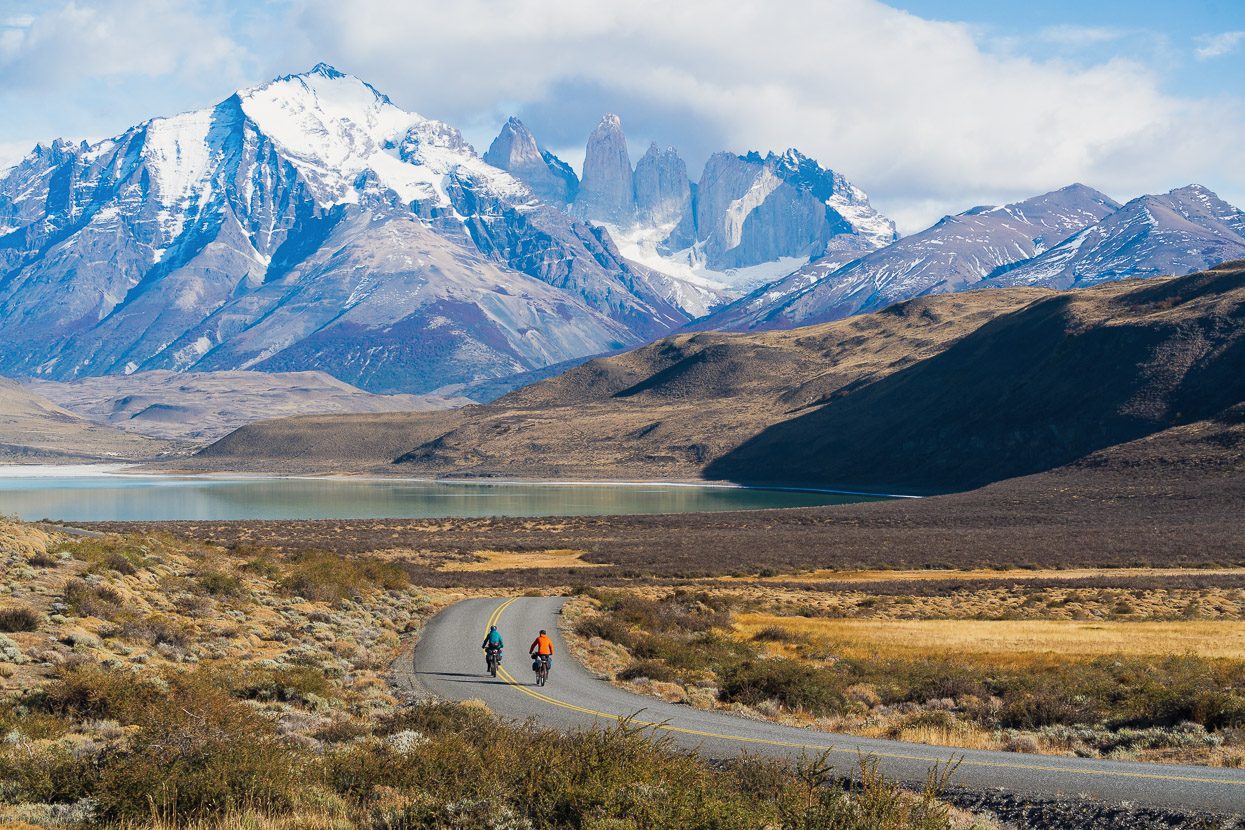
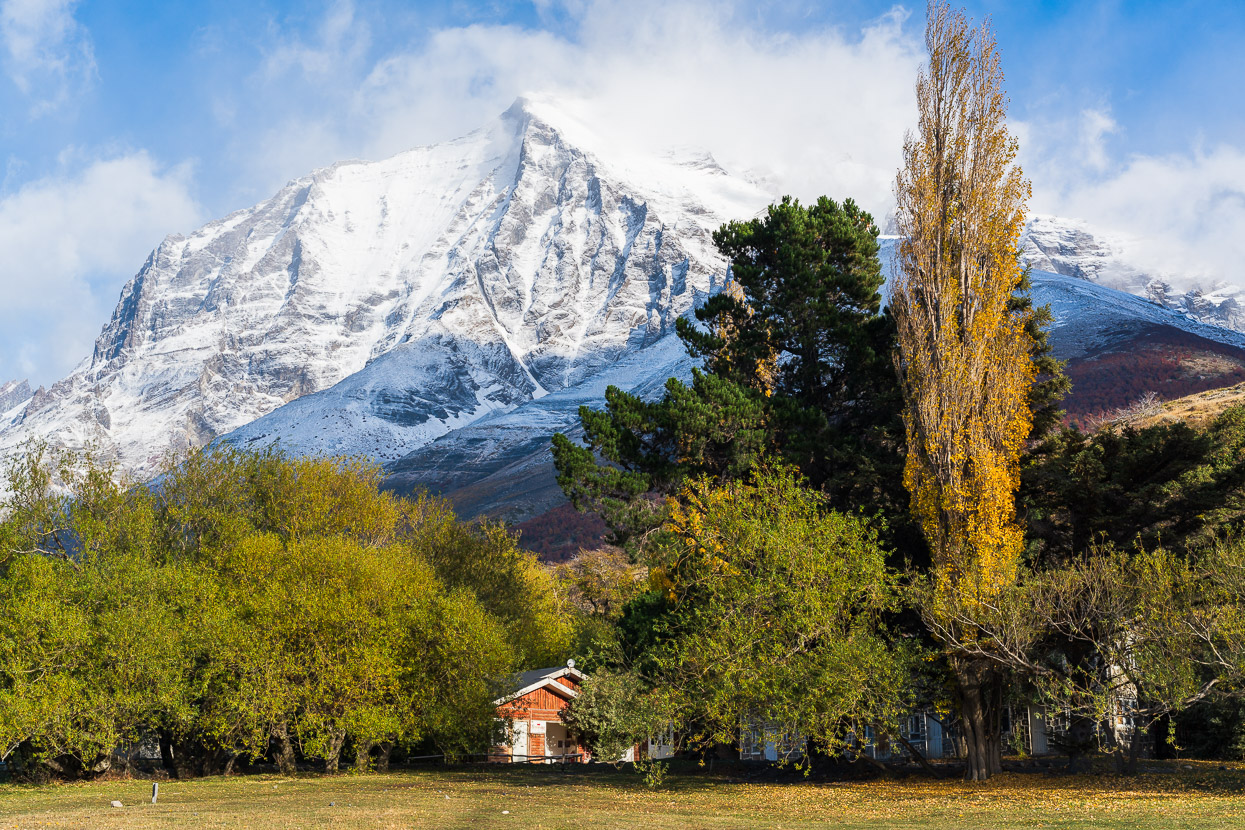
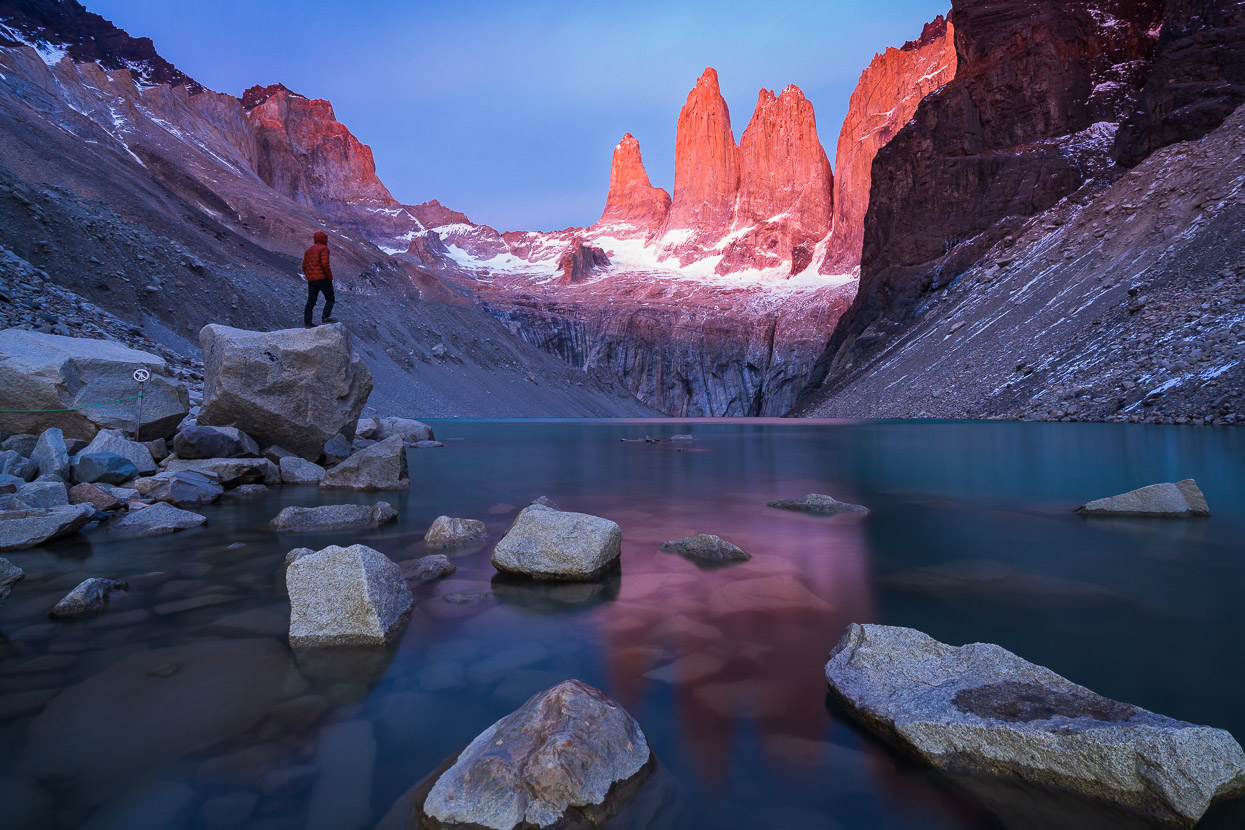
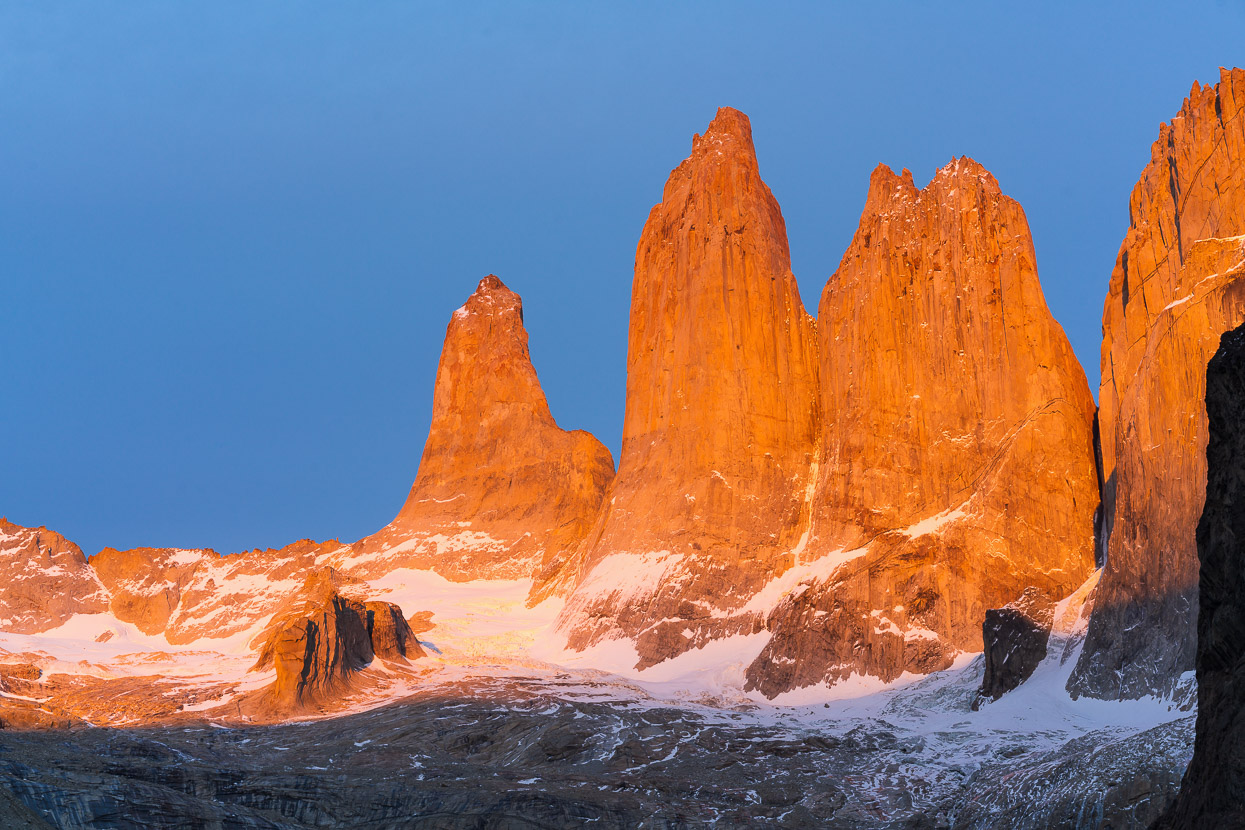
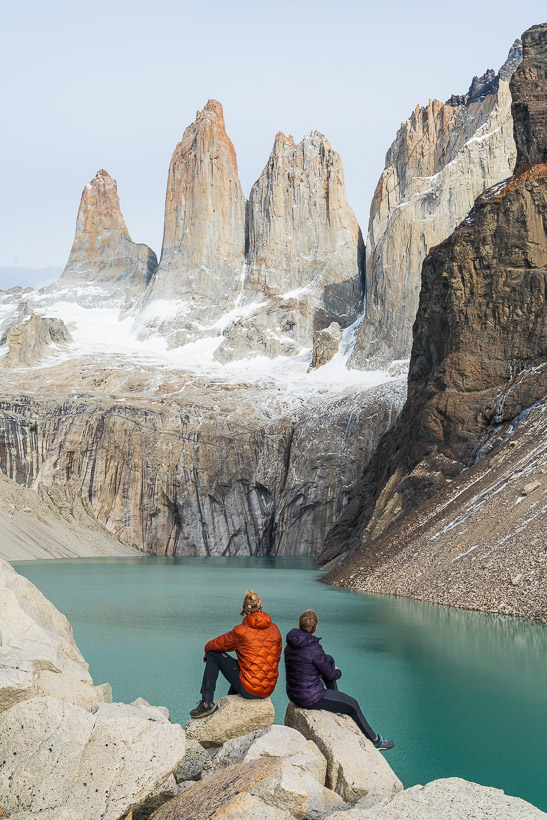
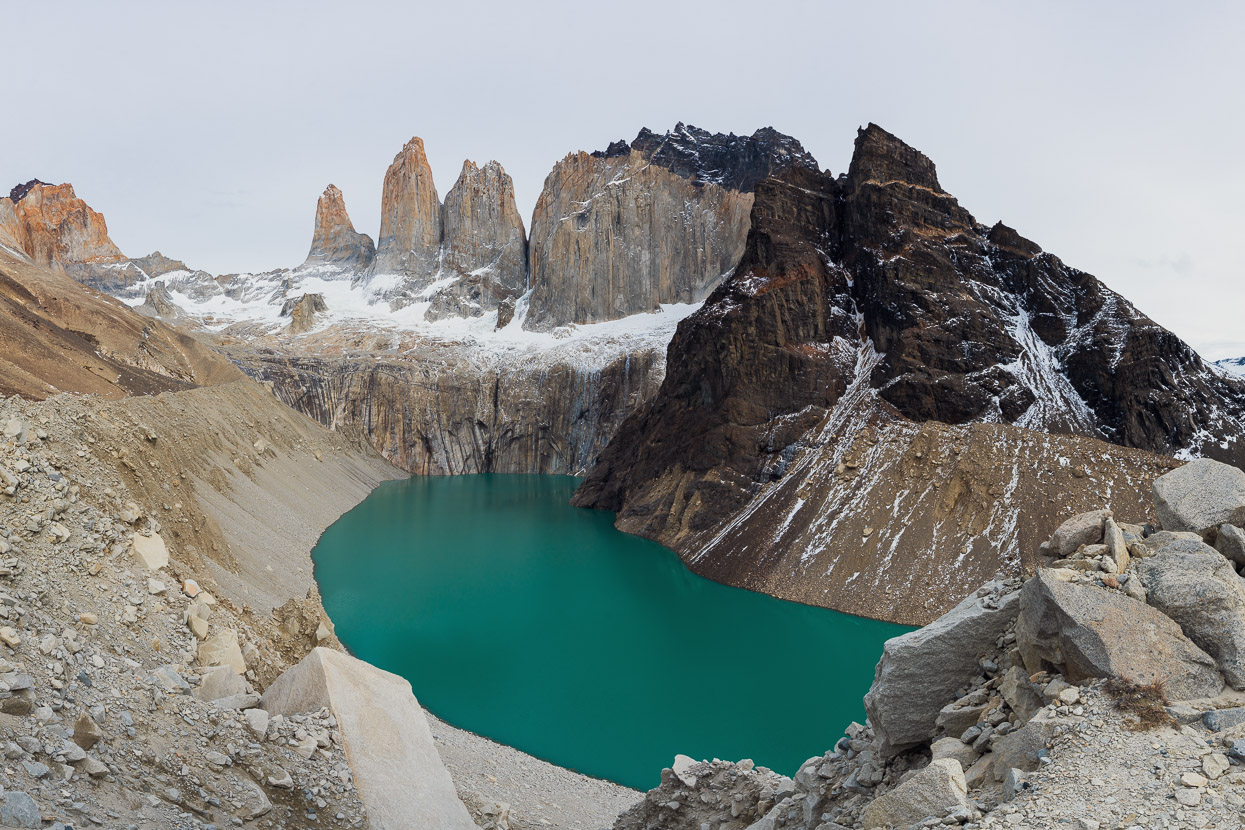
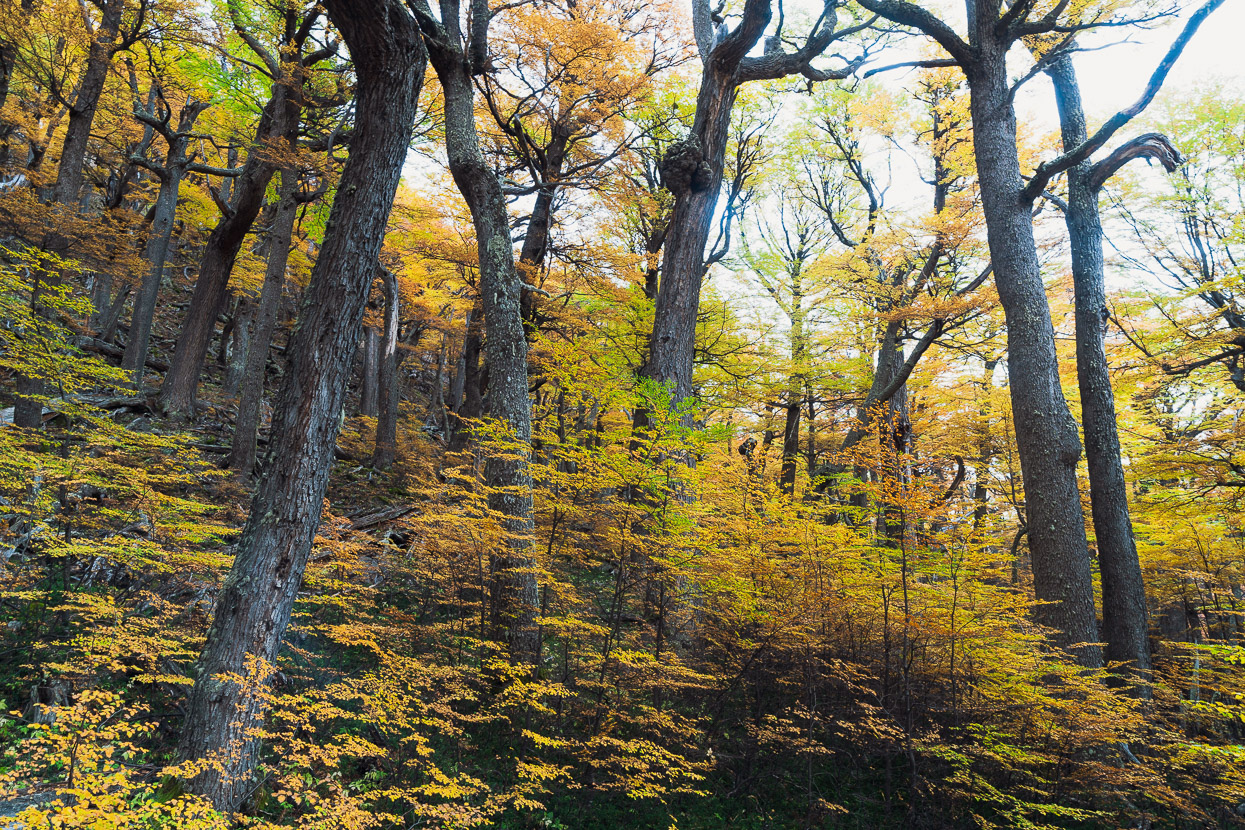
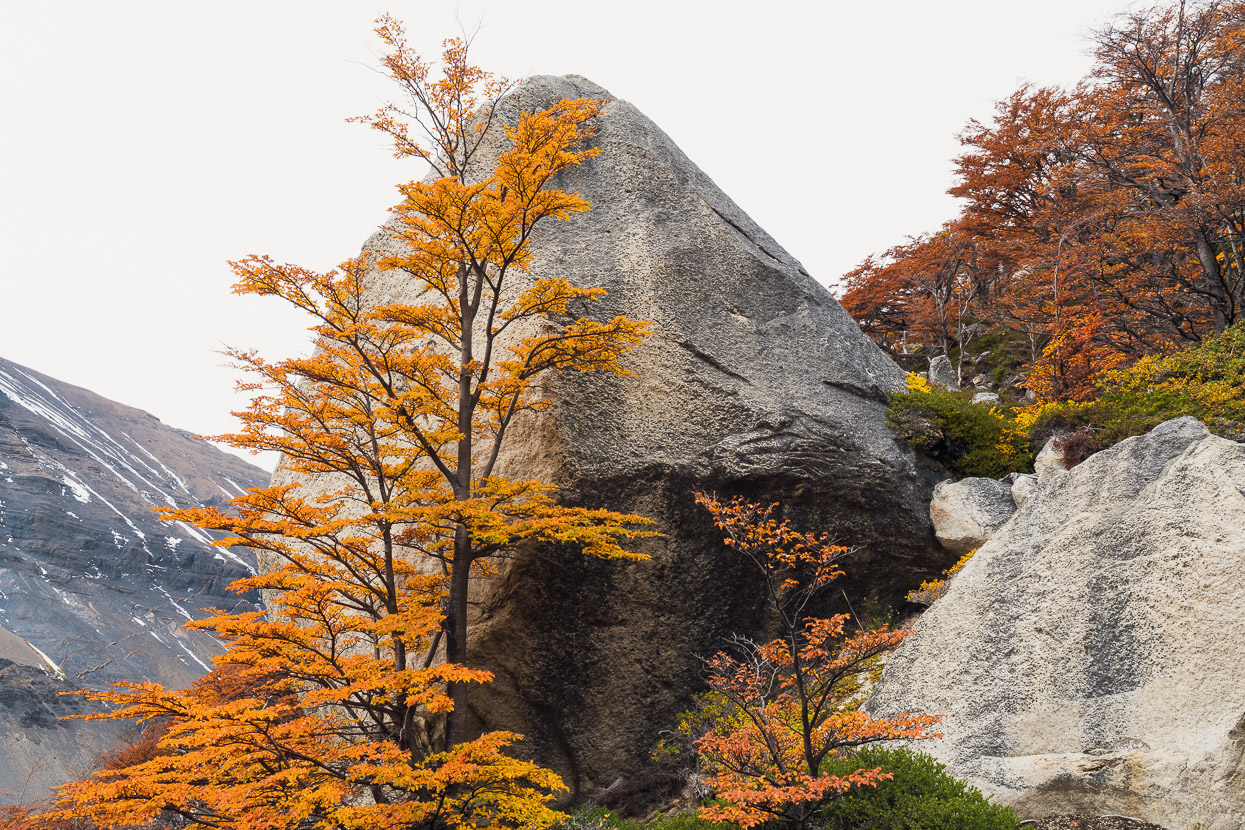
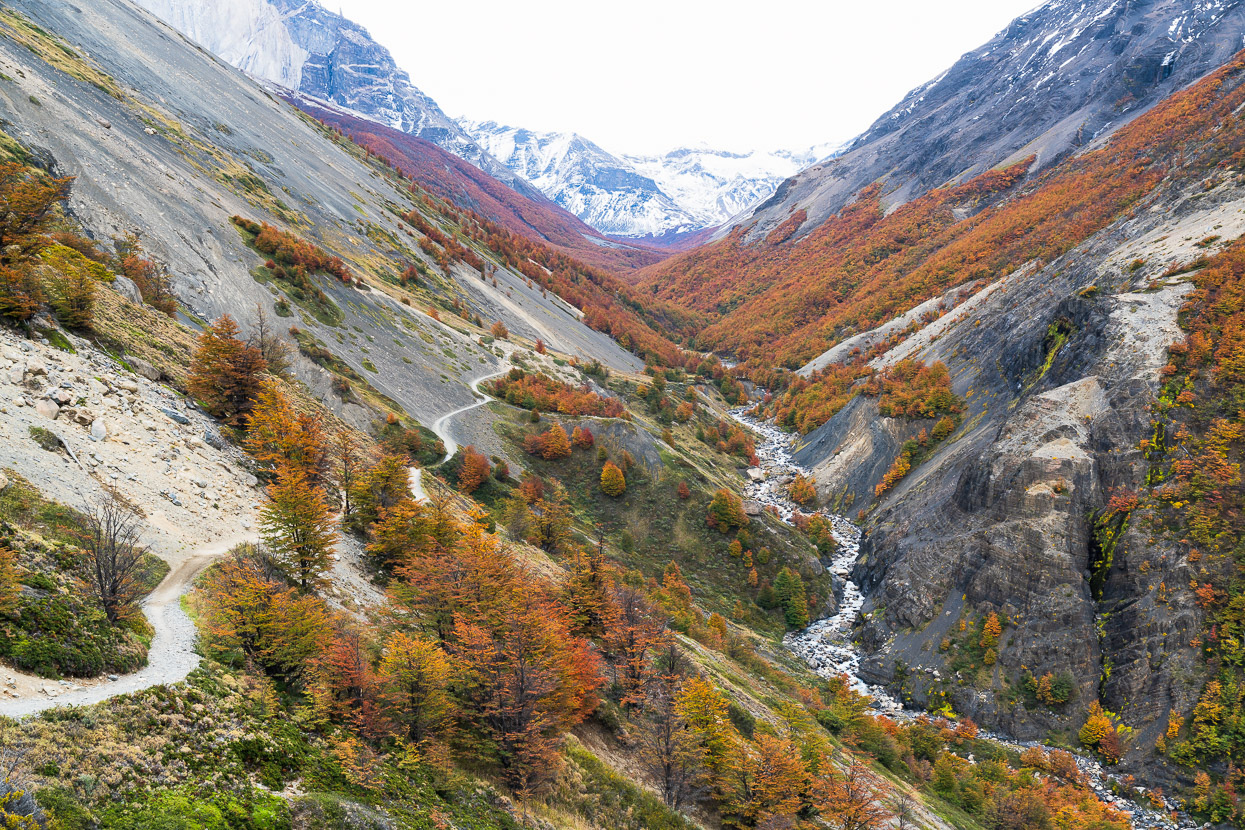
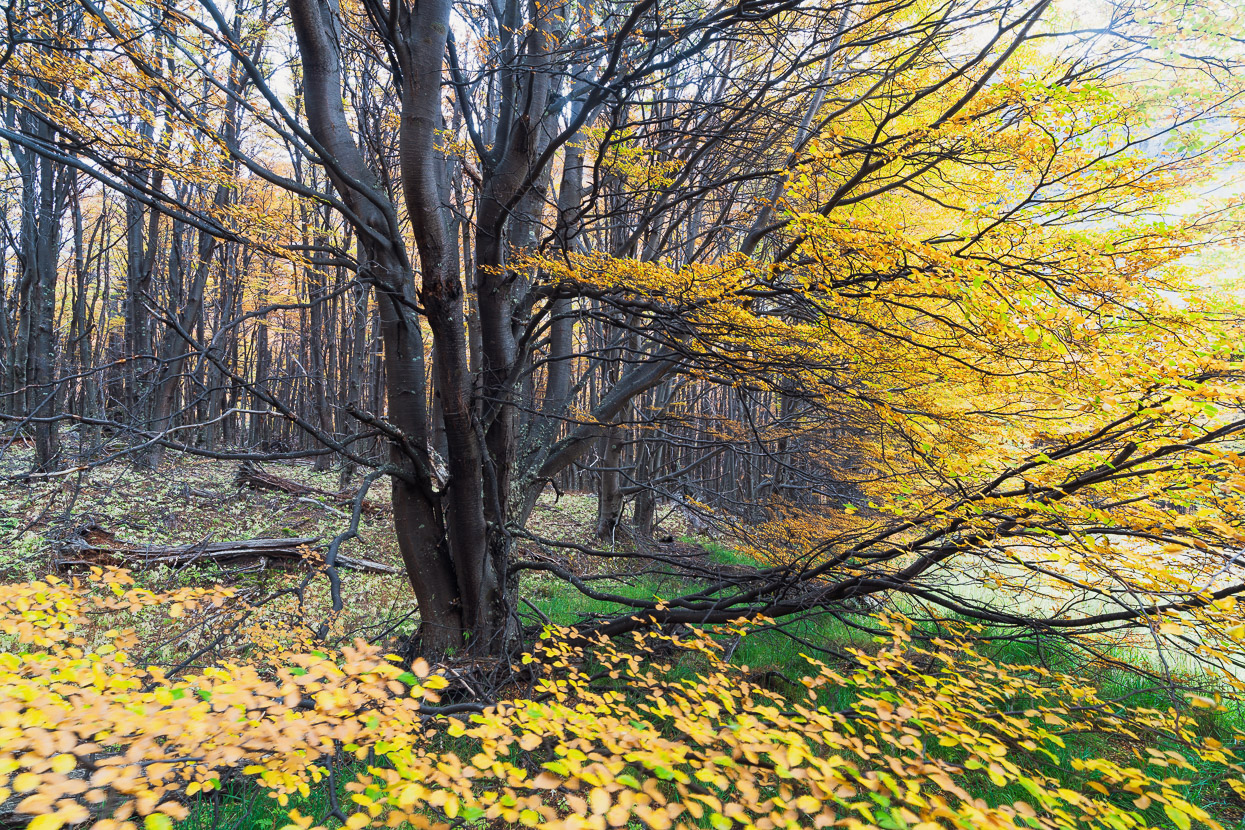
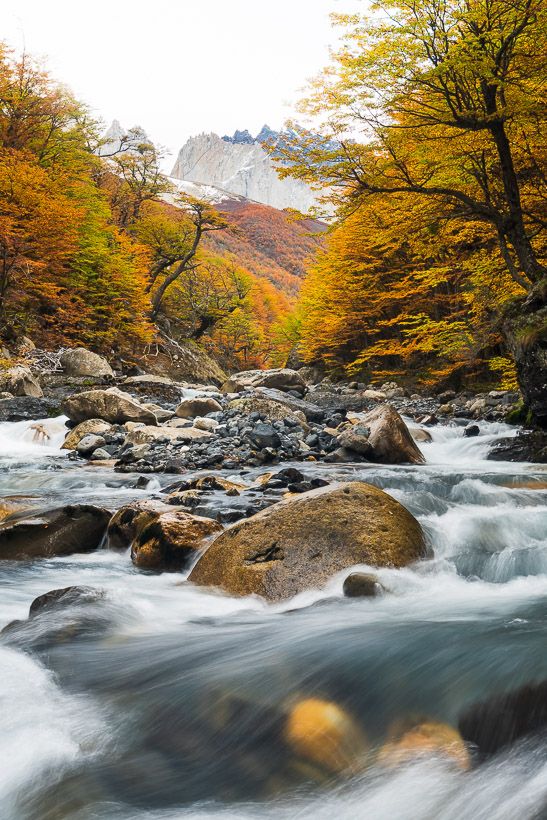
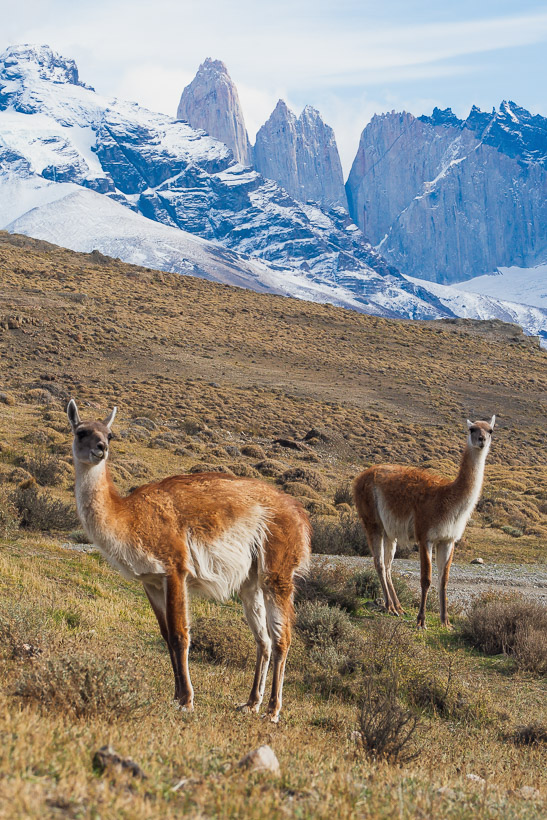
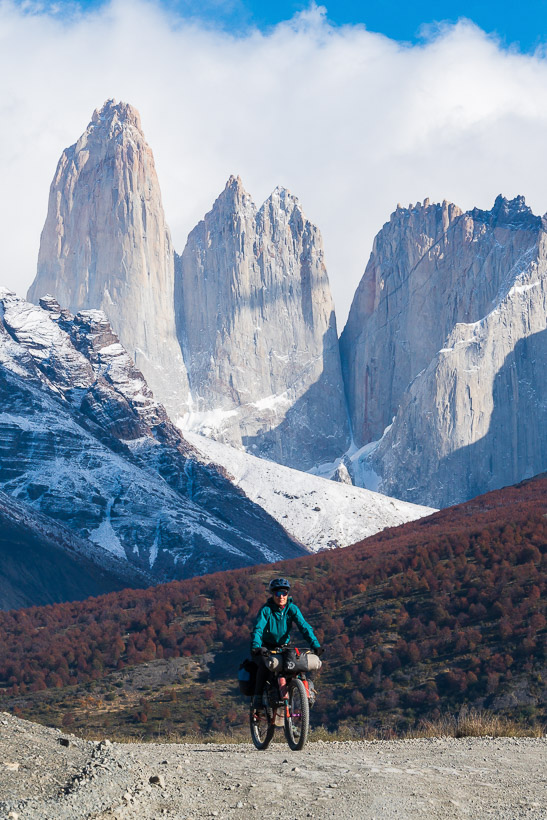
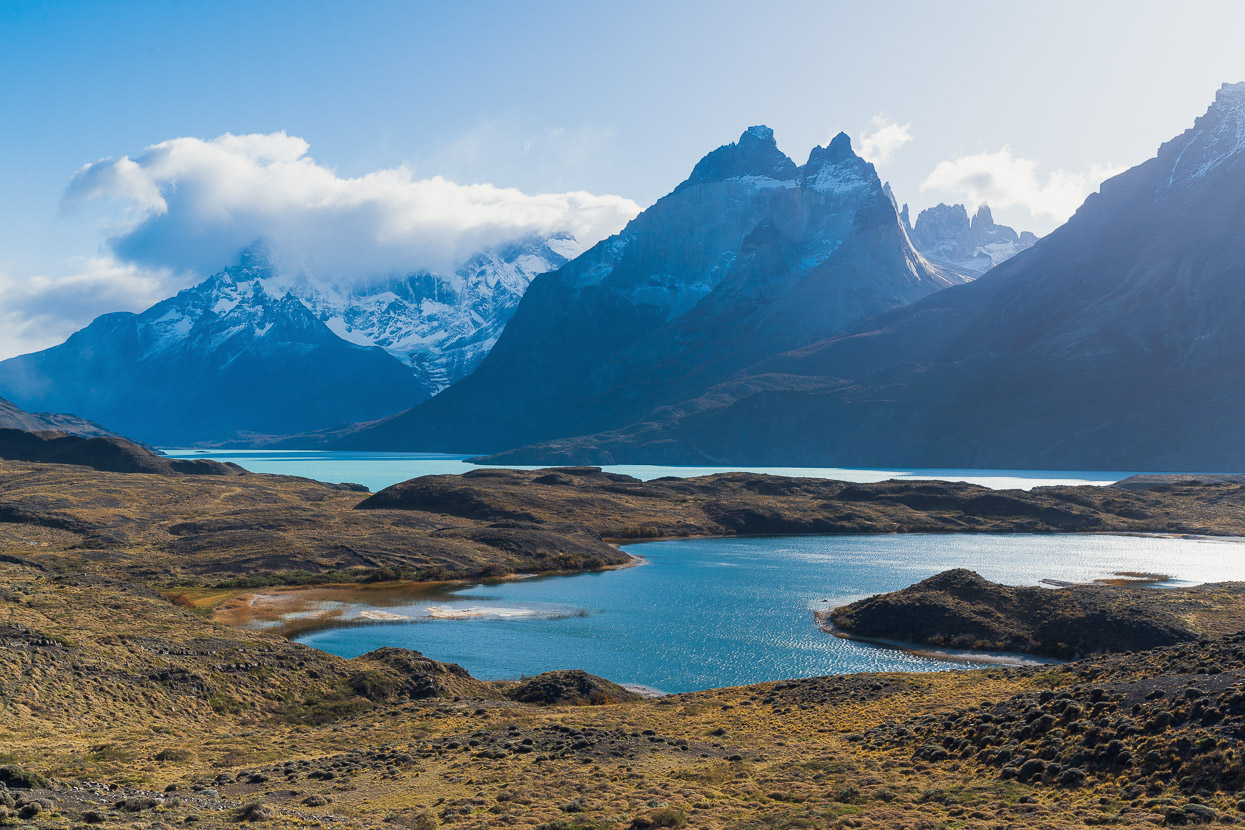
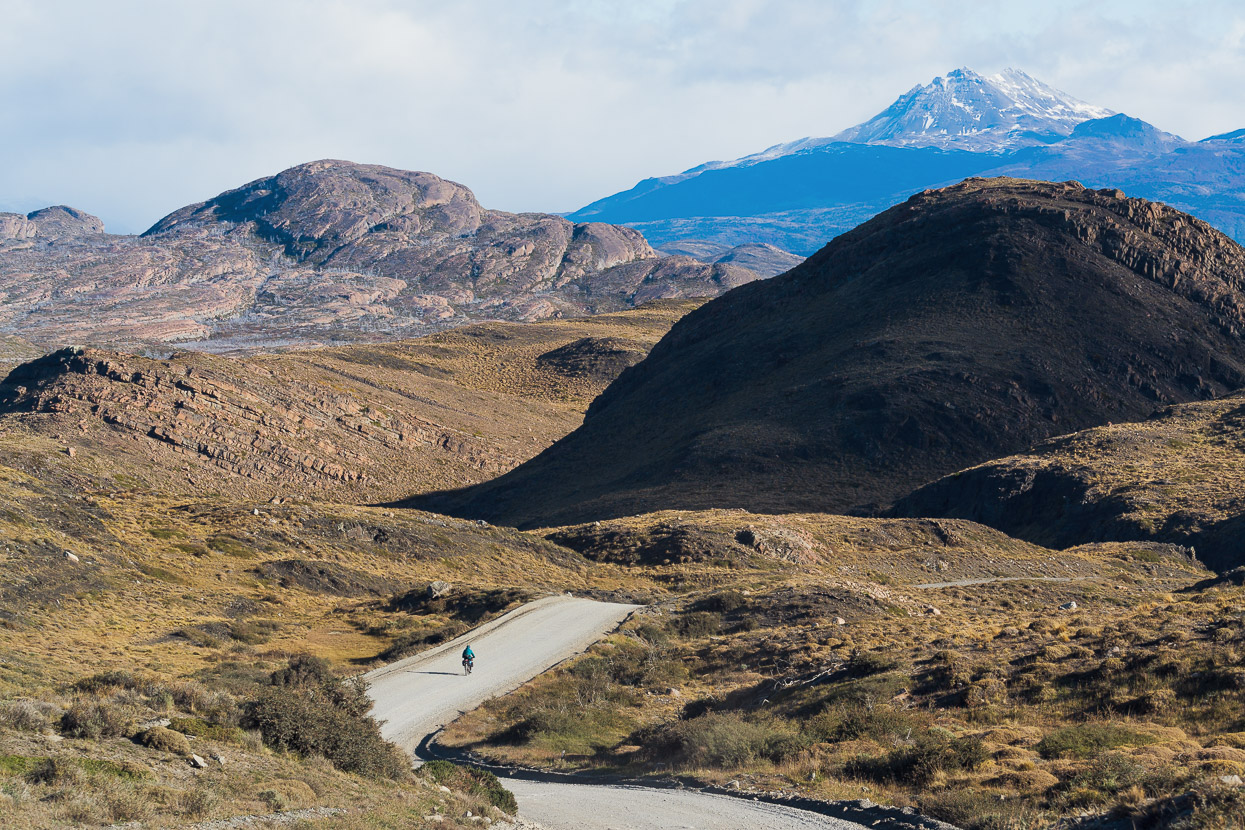
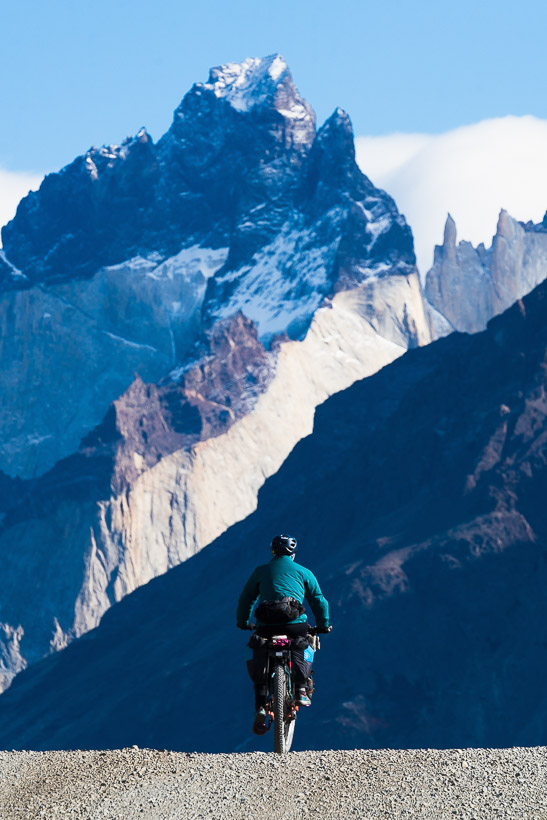
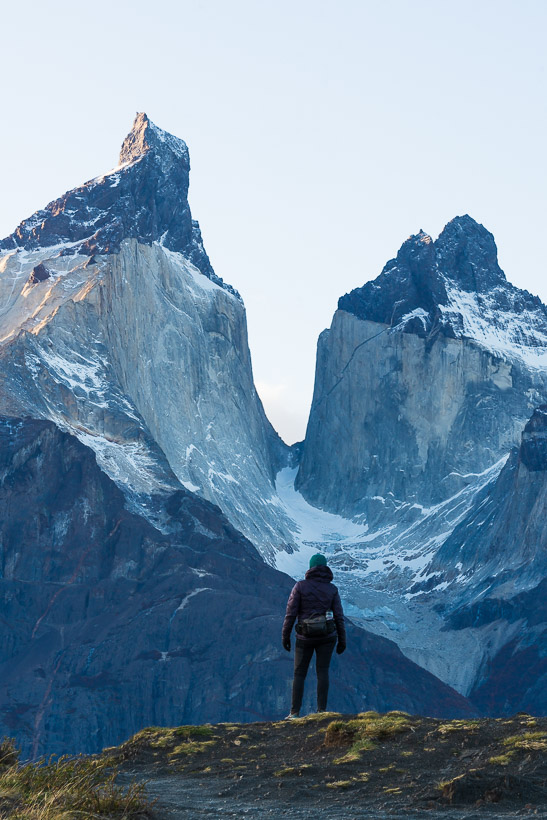
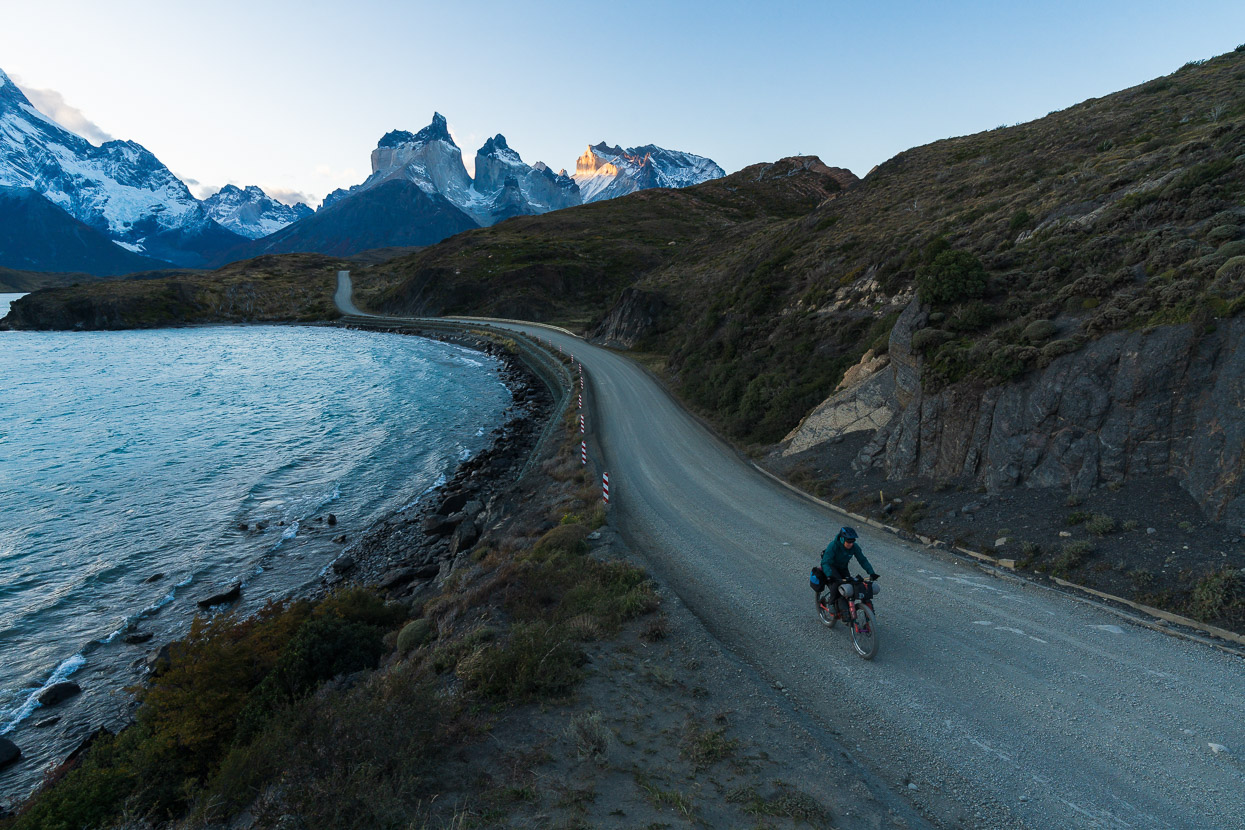
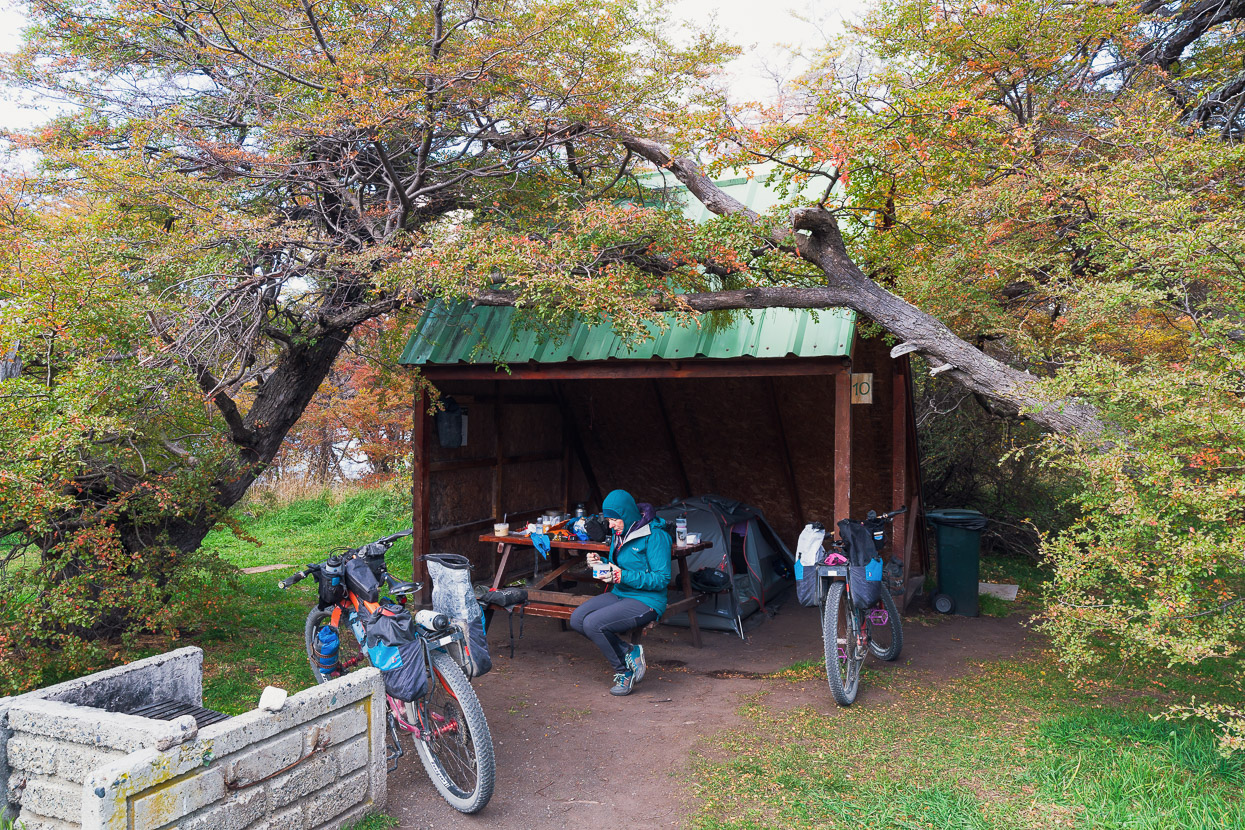
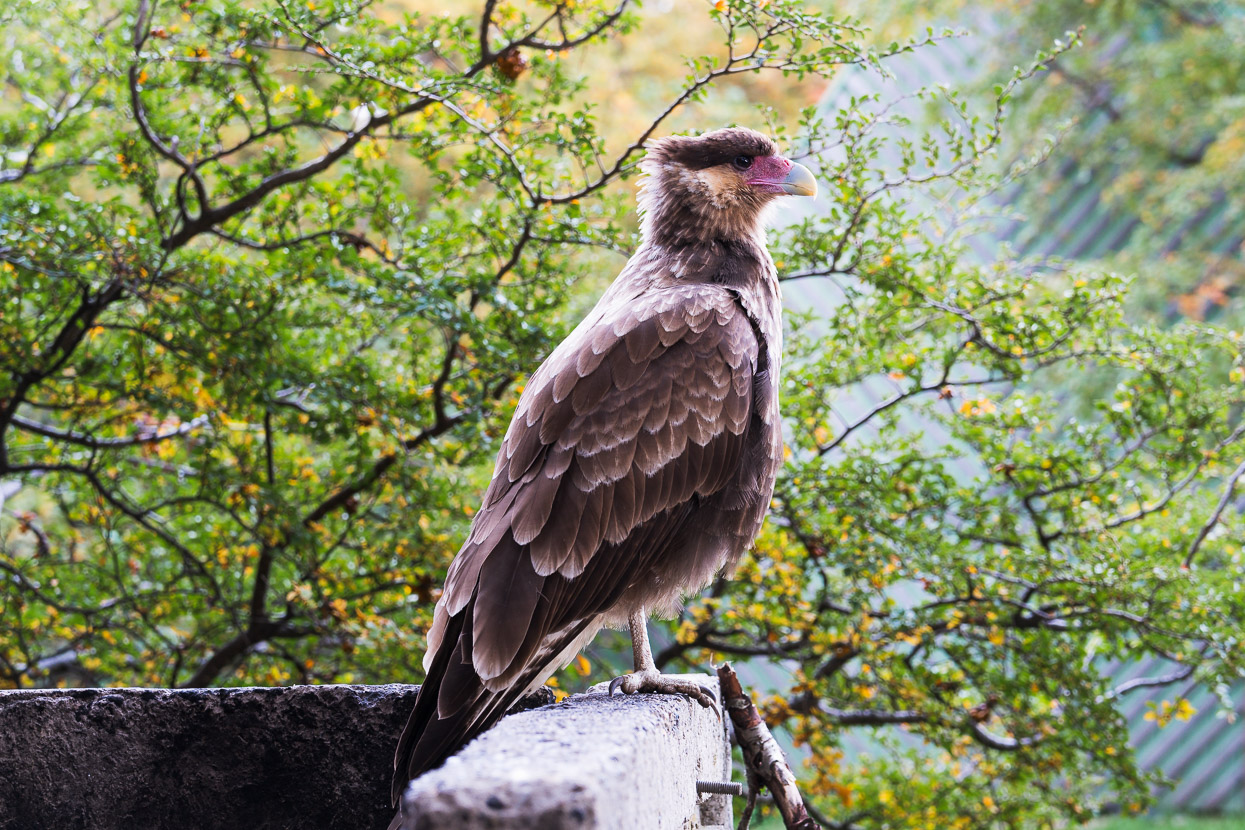
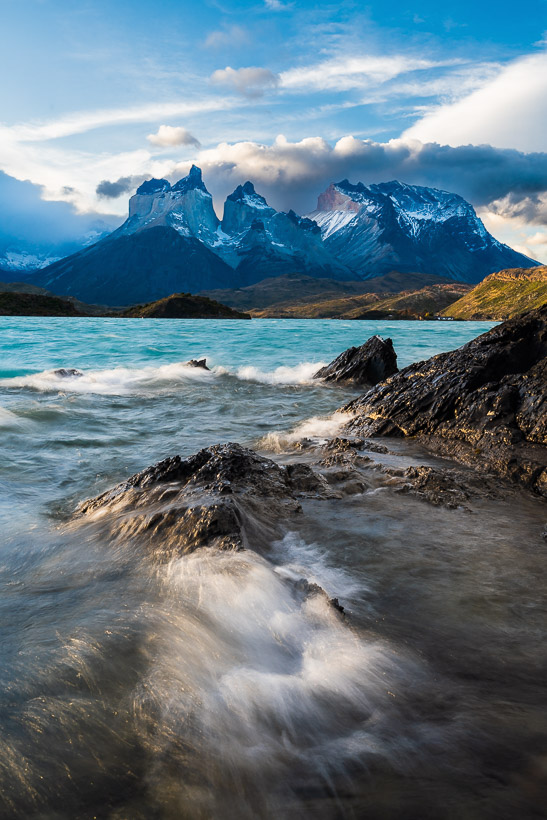
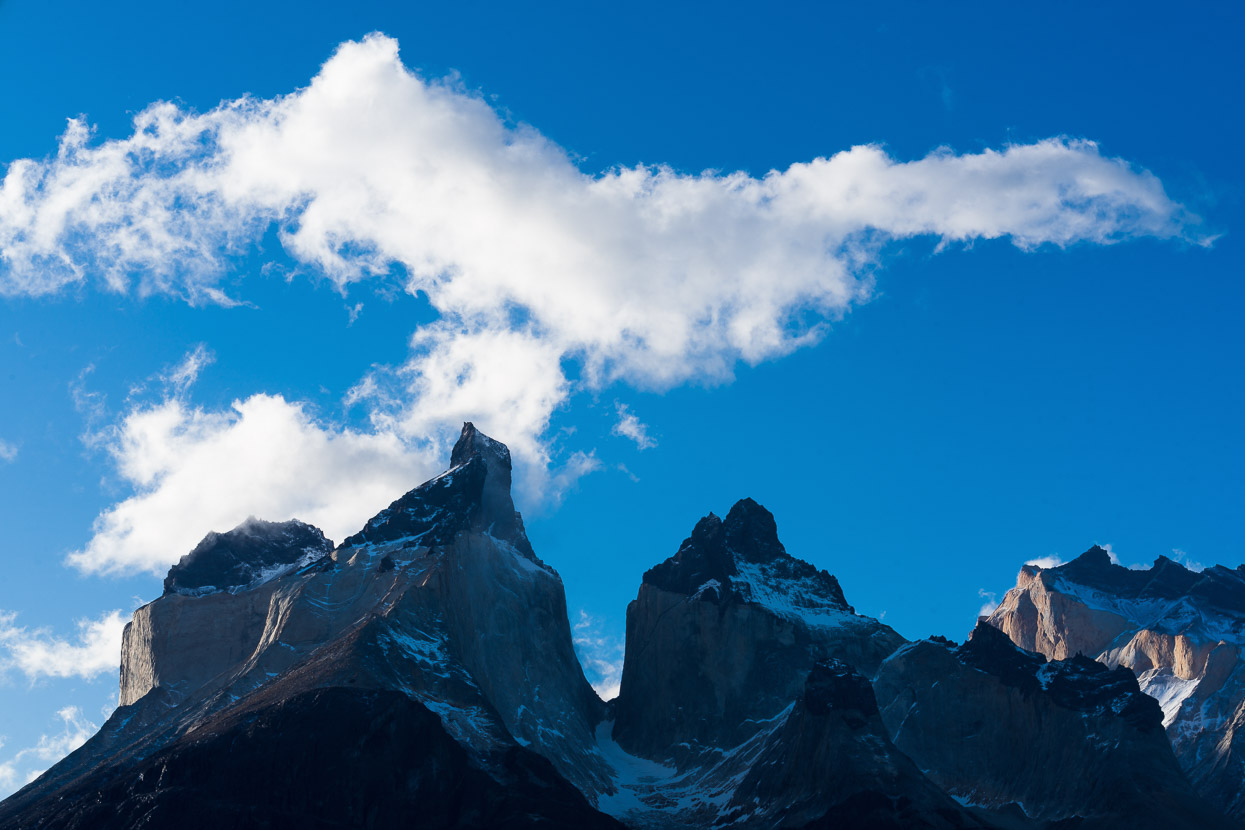
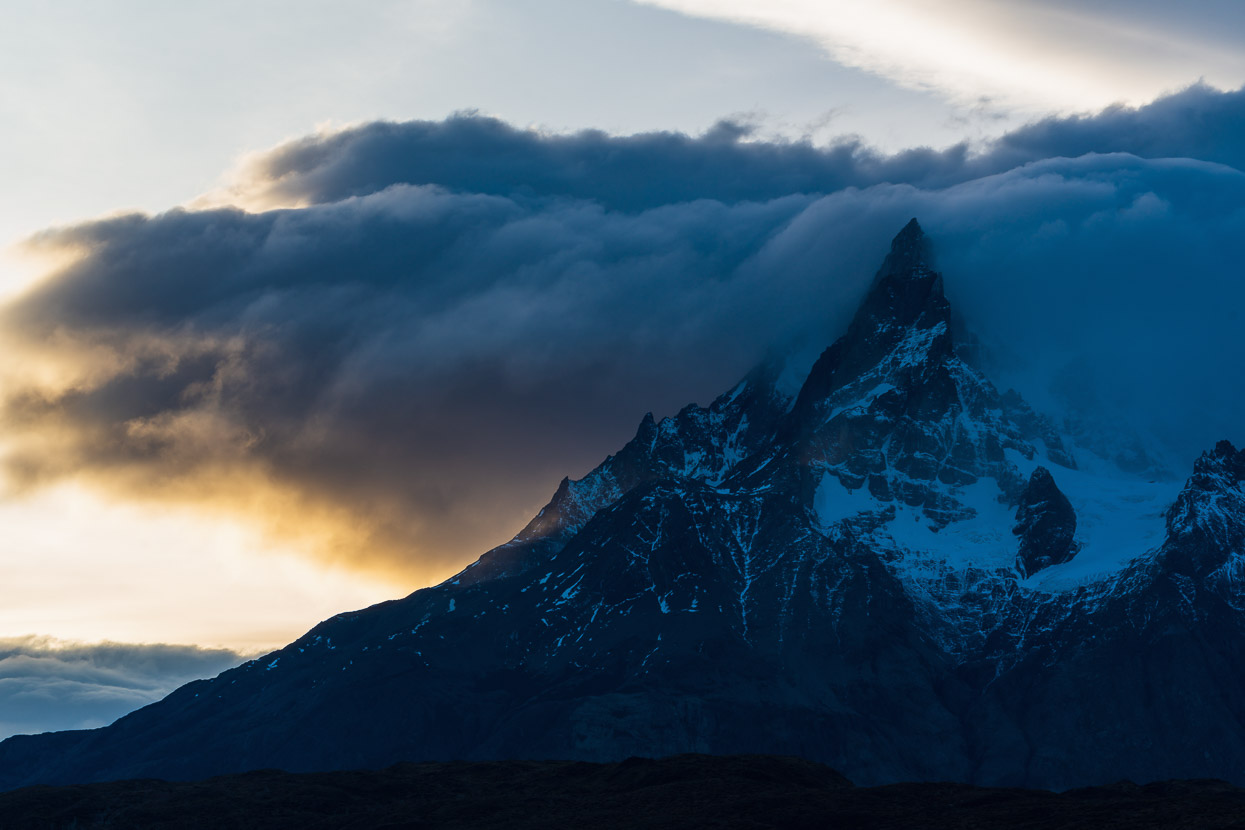
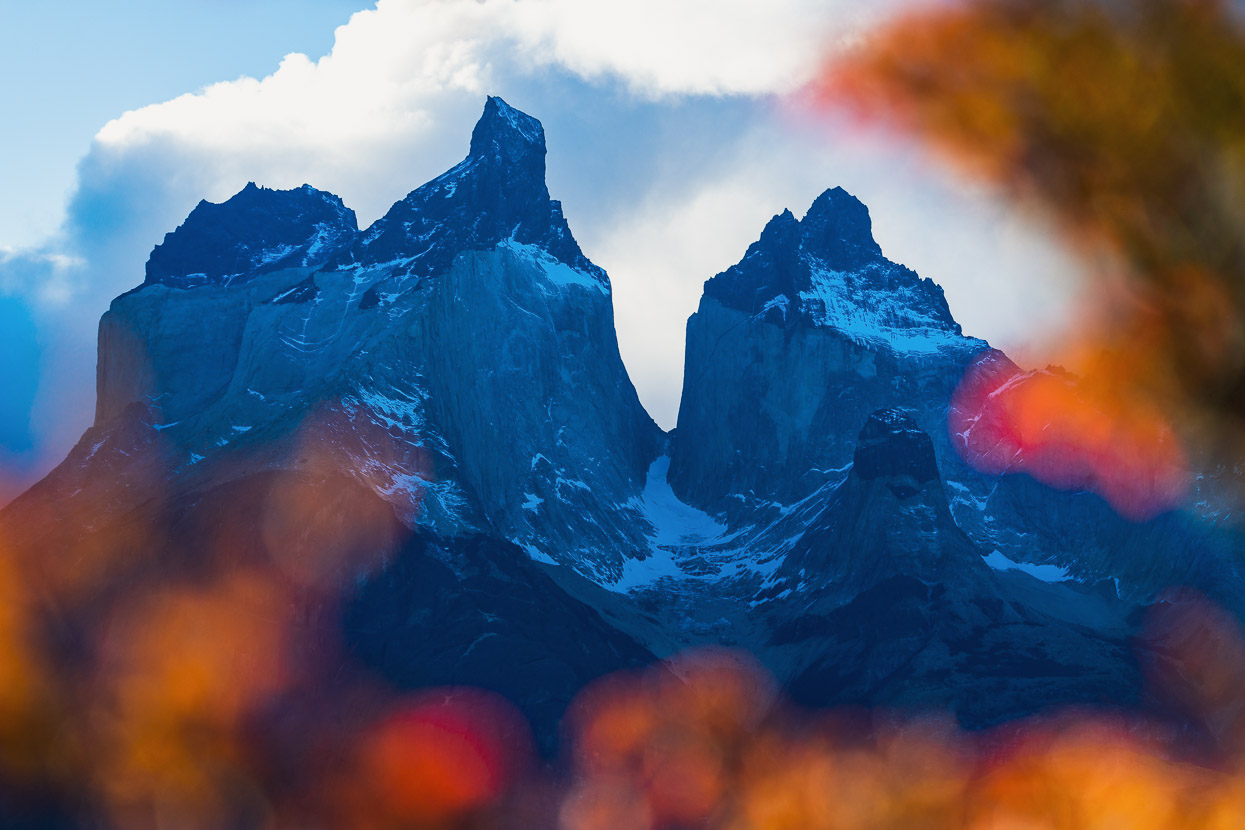
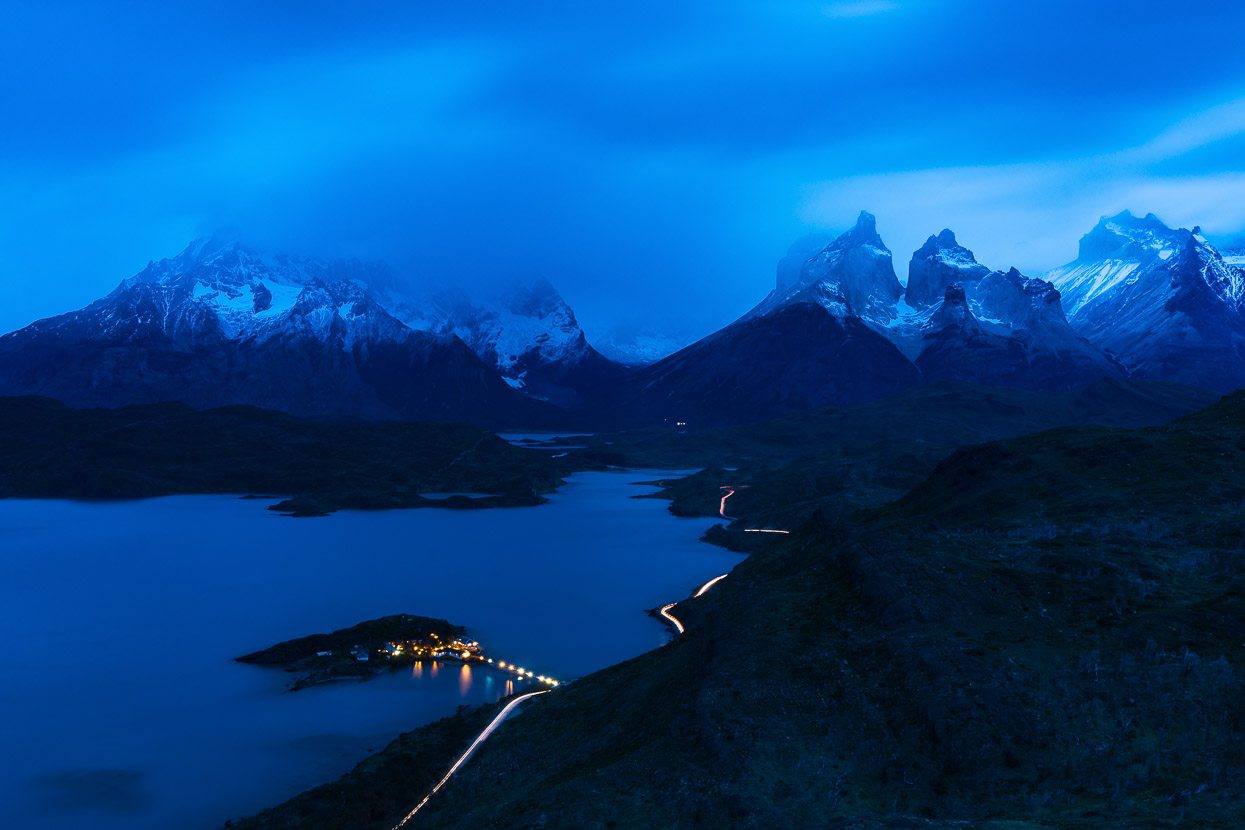
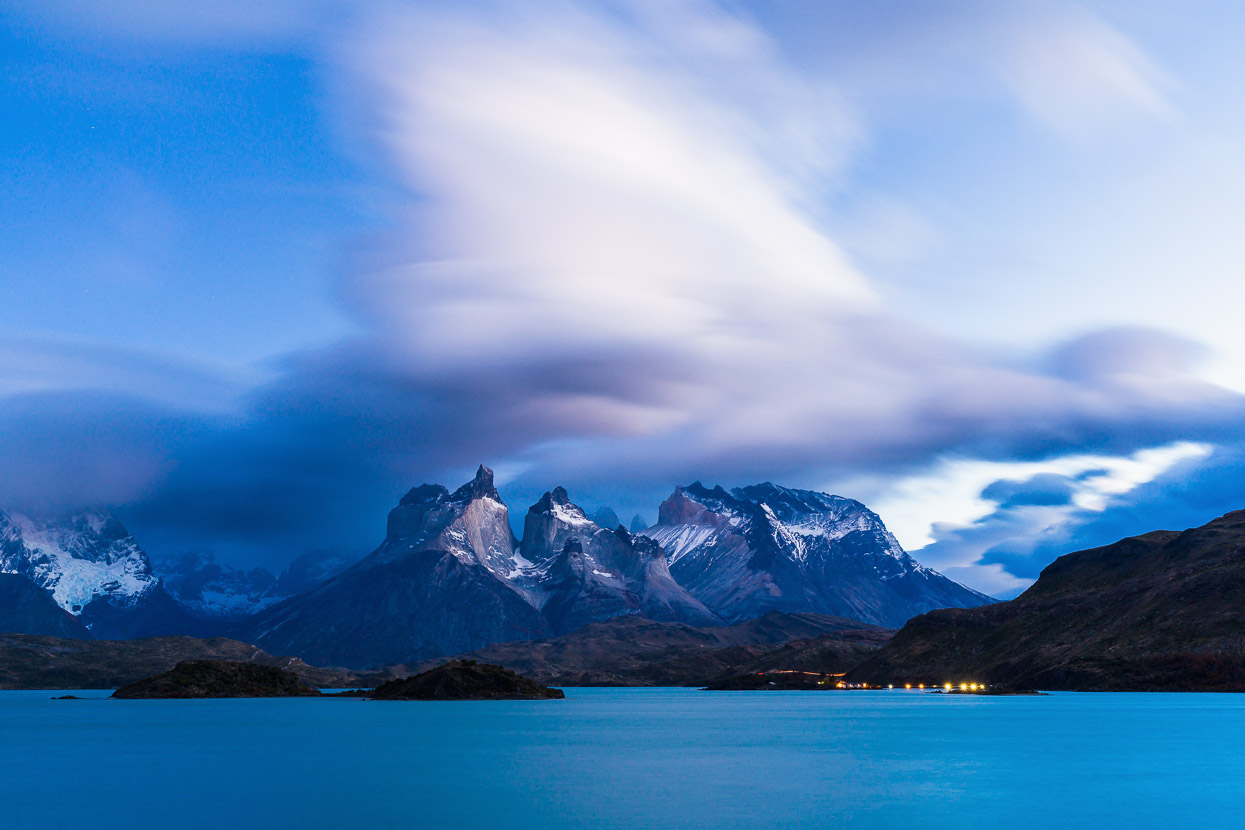
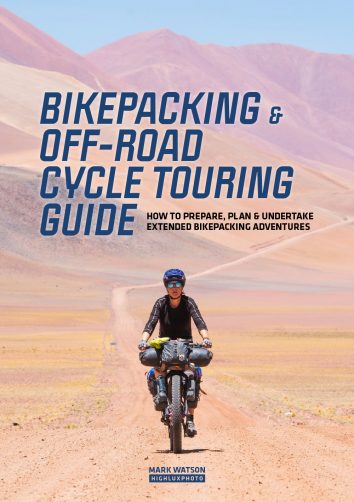




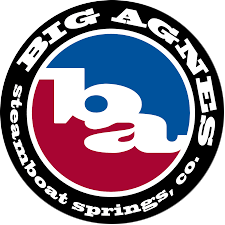








Fantastic, as usually… Thanks
Thank you so much for sharing your travel blog.
Hi Mark and Hana, thanks for featuring our doodle from the Esperanza shortcut abandoned police station! A cyclist friend we crossed paths with in Guatemala spotted this and shared with us (thanks Zach!) – it’s so nice to read your account of it and see your fantastic photos; excellent memories all round. All the best for your travels! Louise & Jeremy (a.k.a @alpaca.my.panniers)